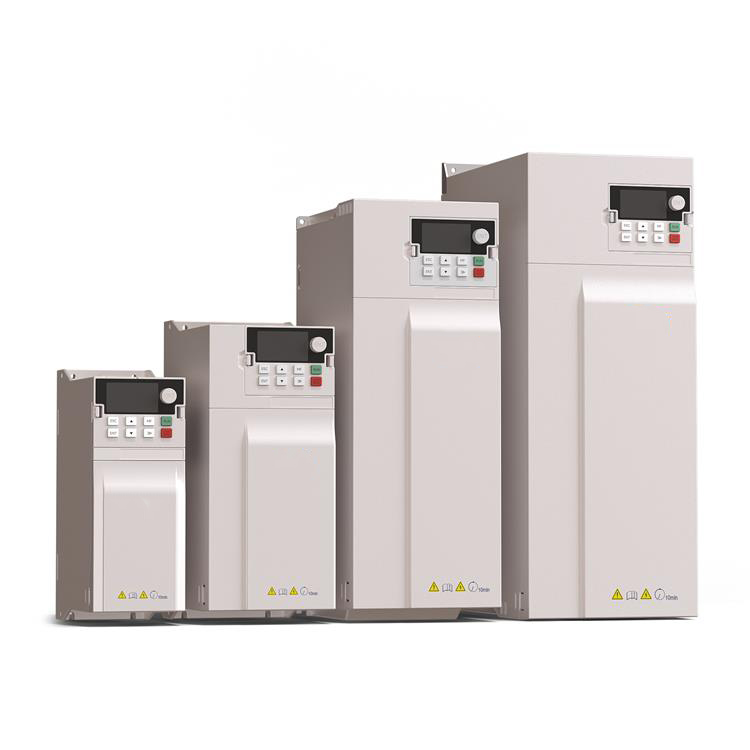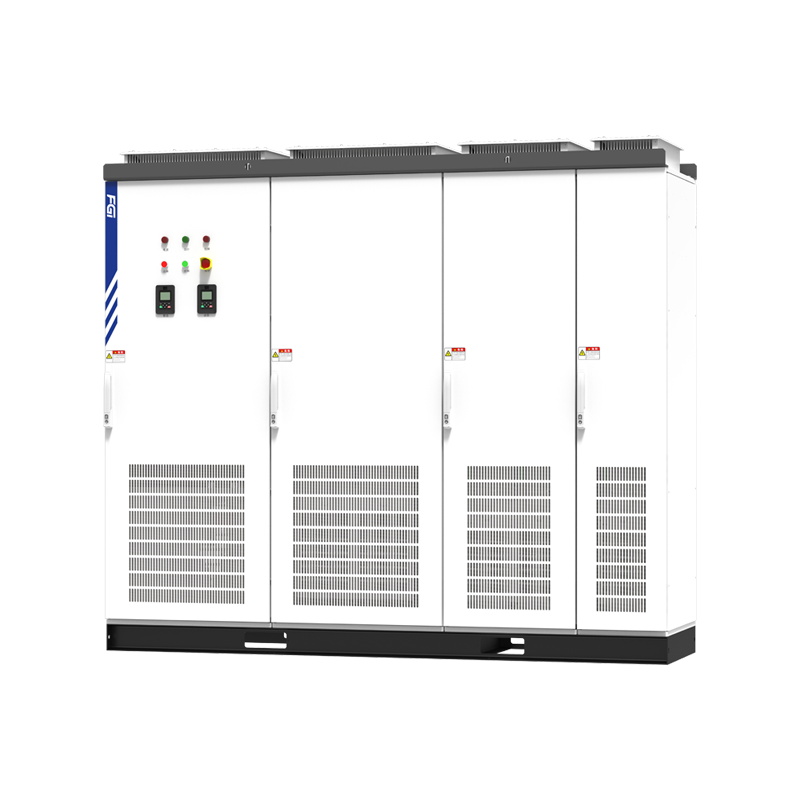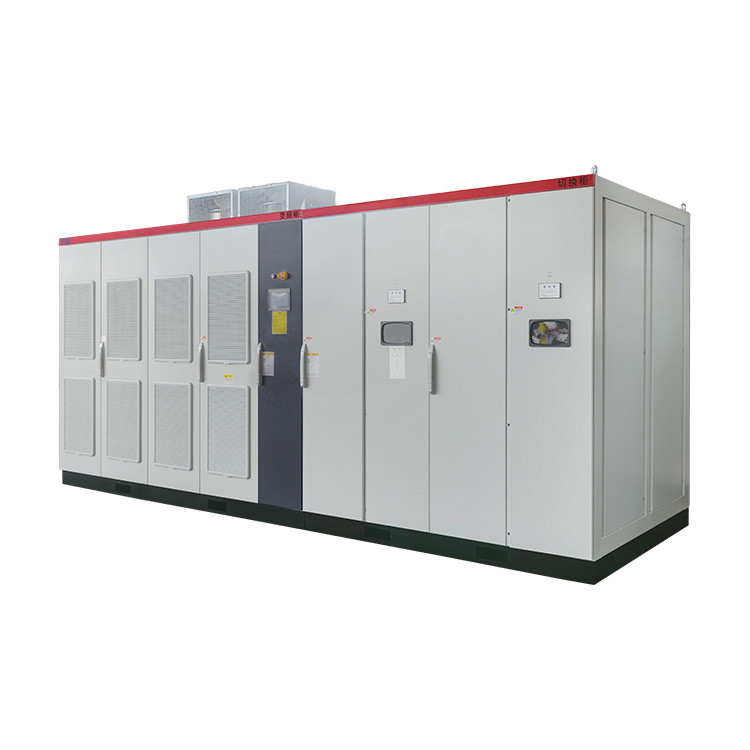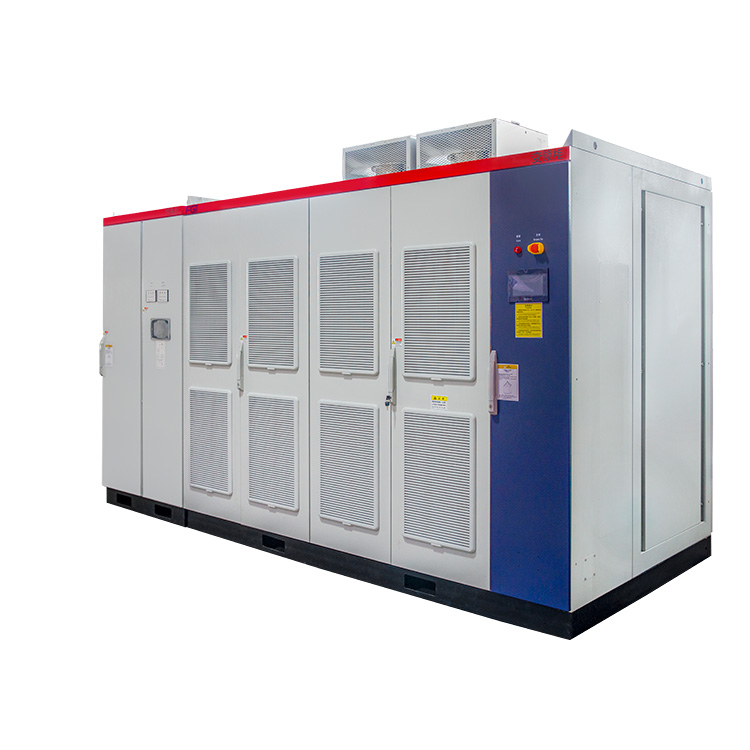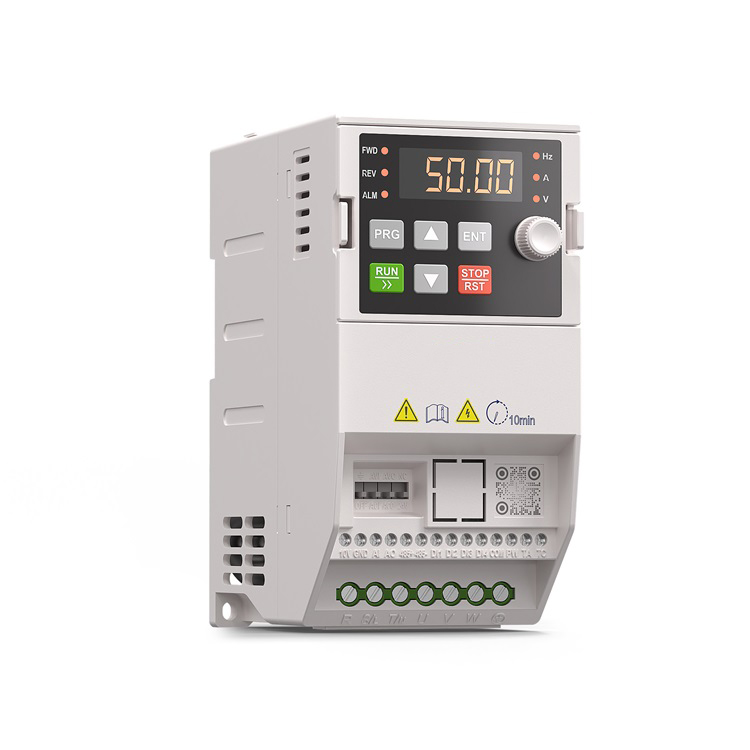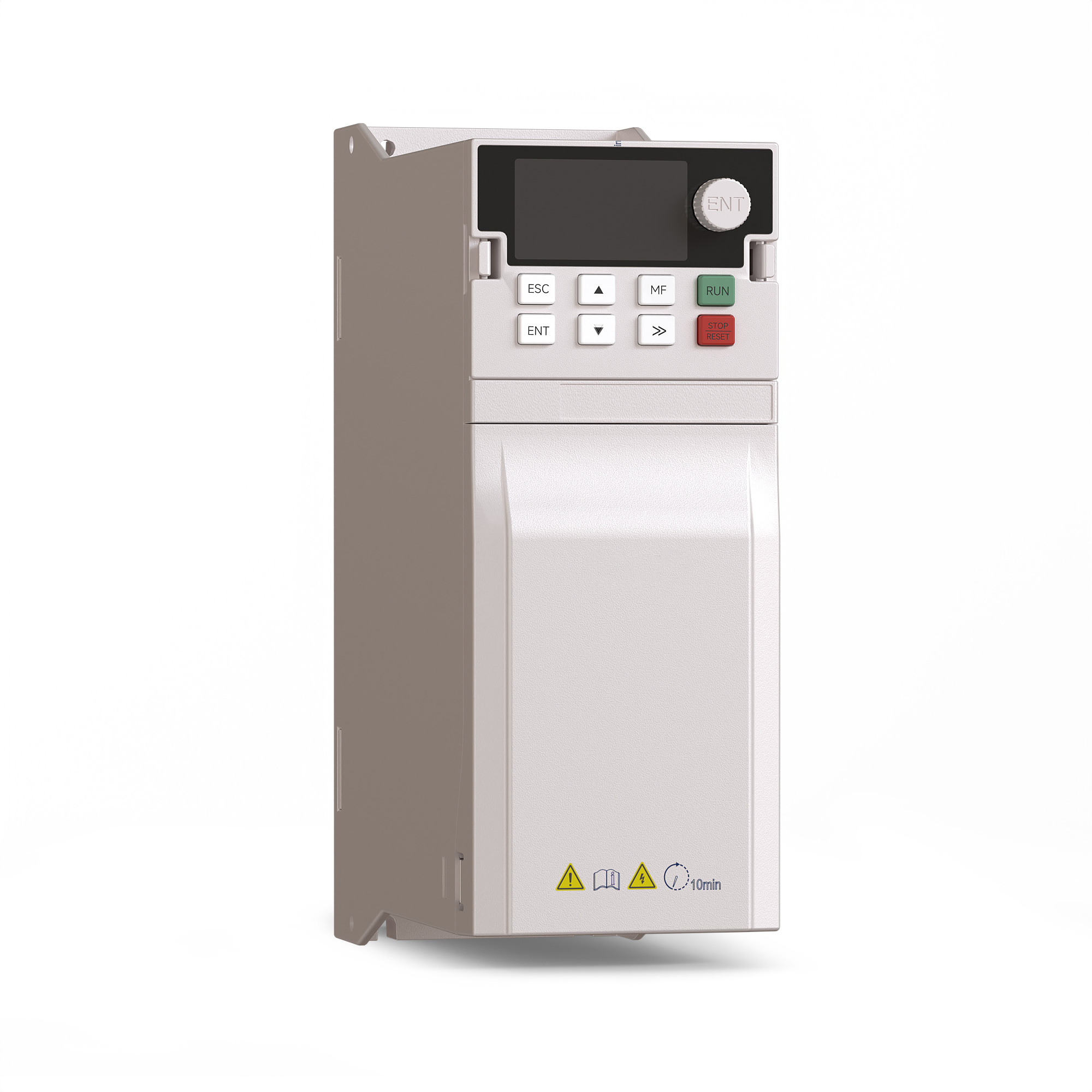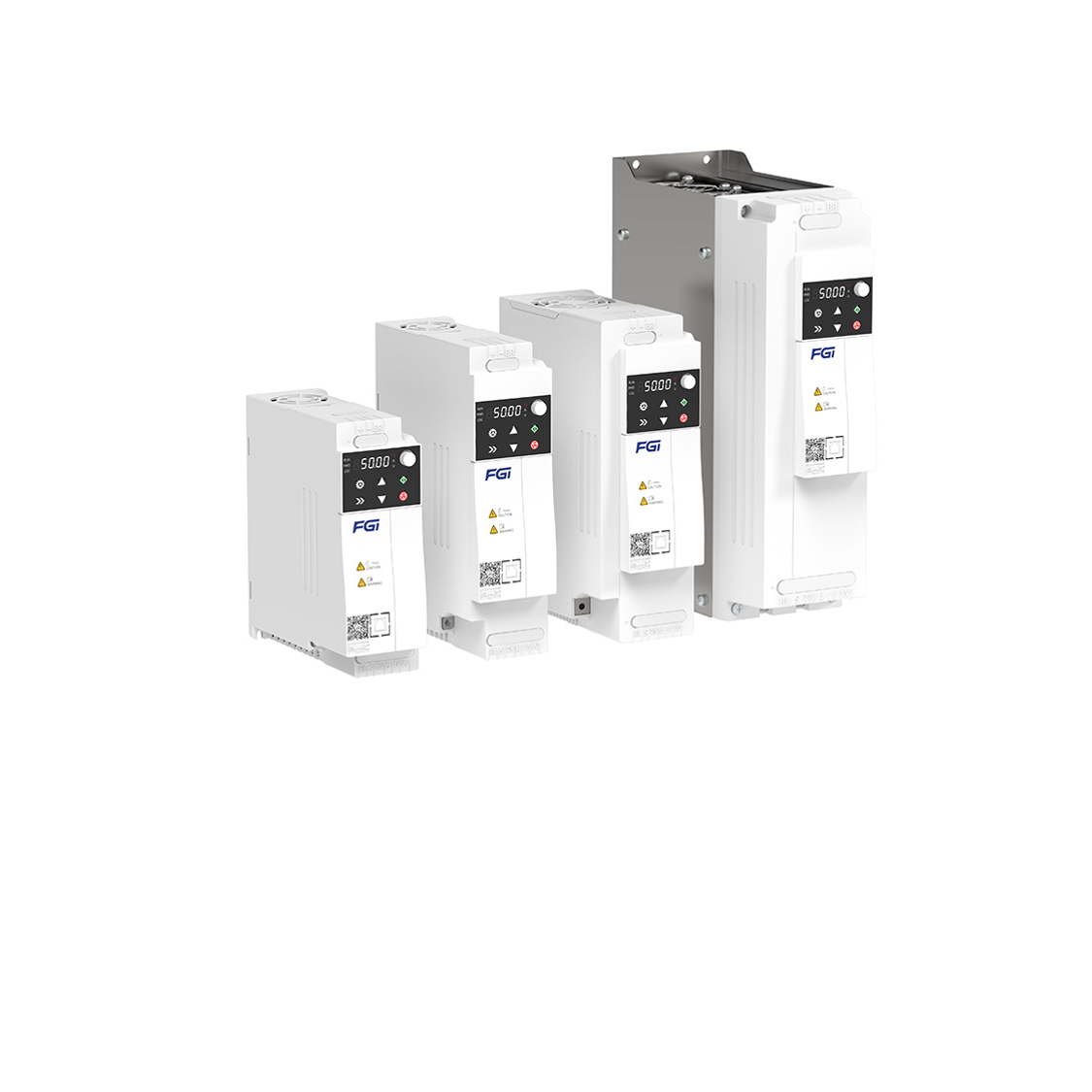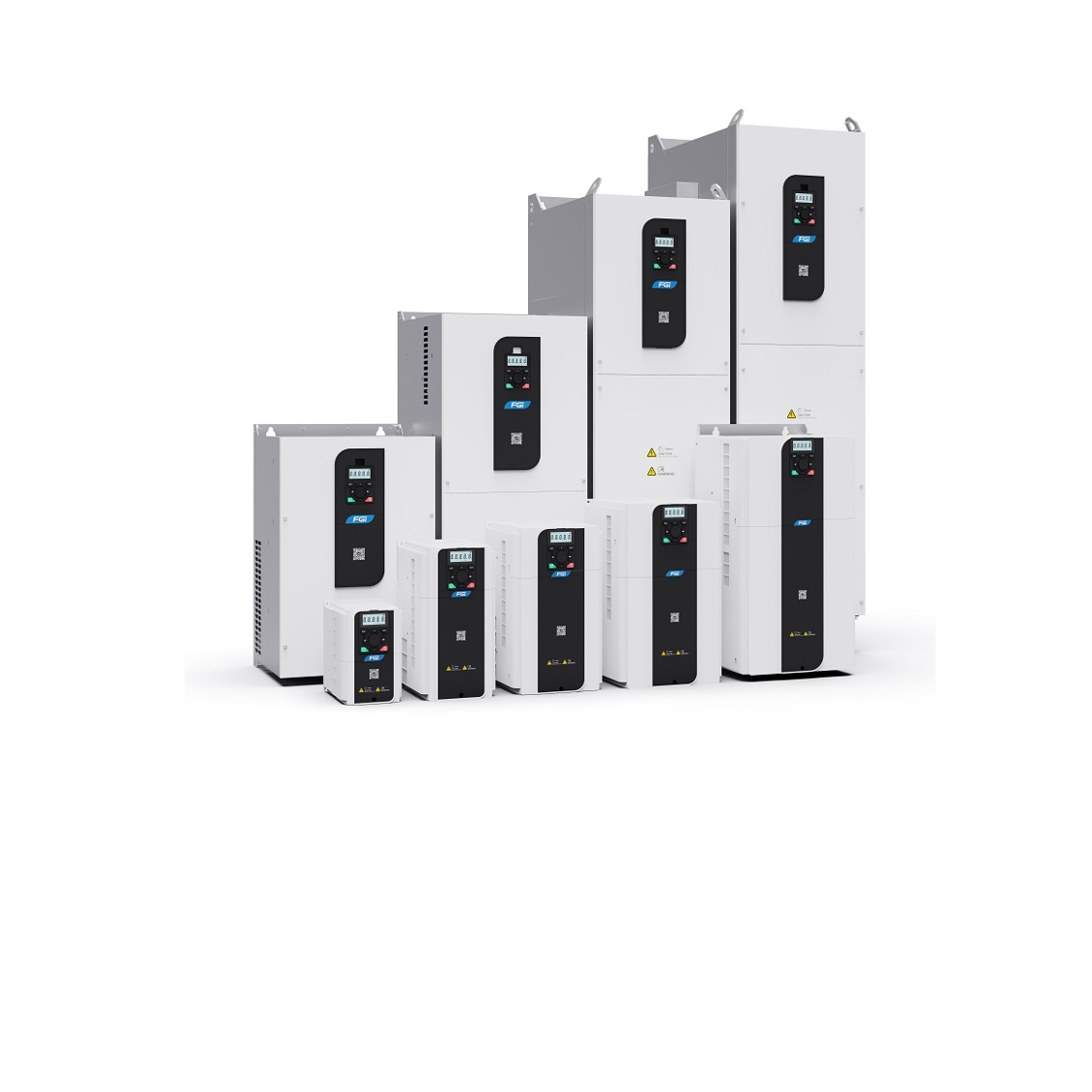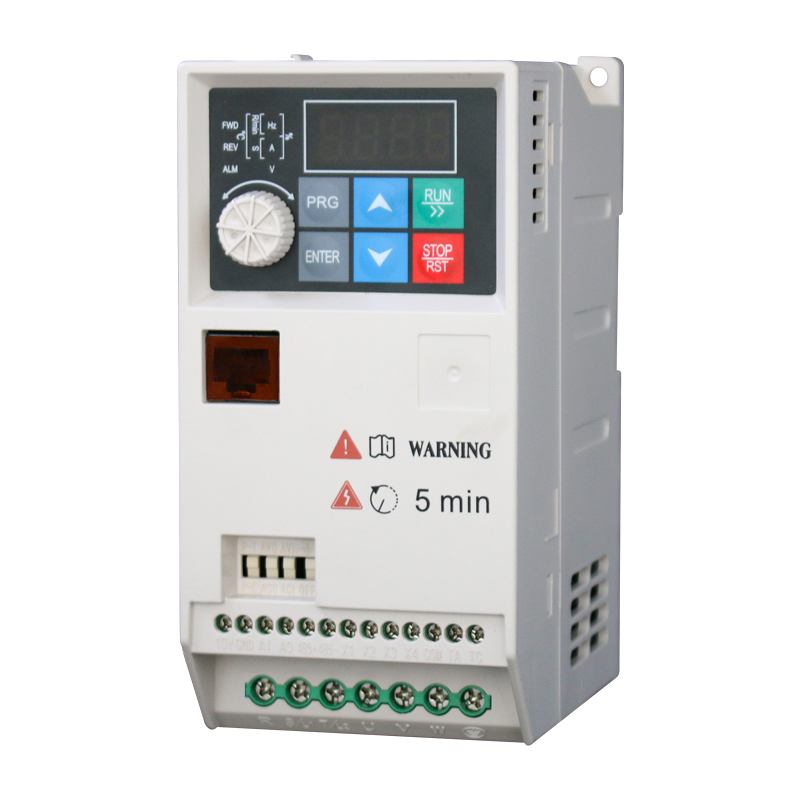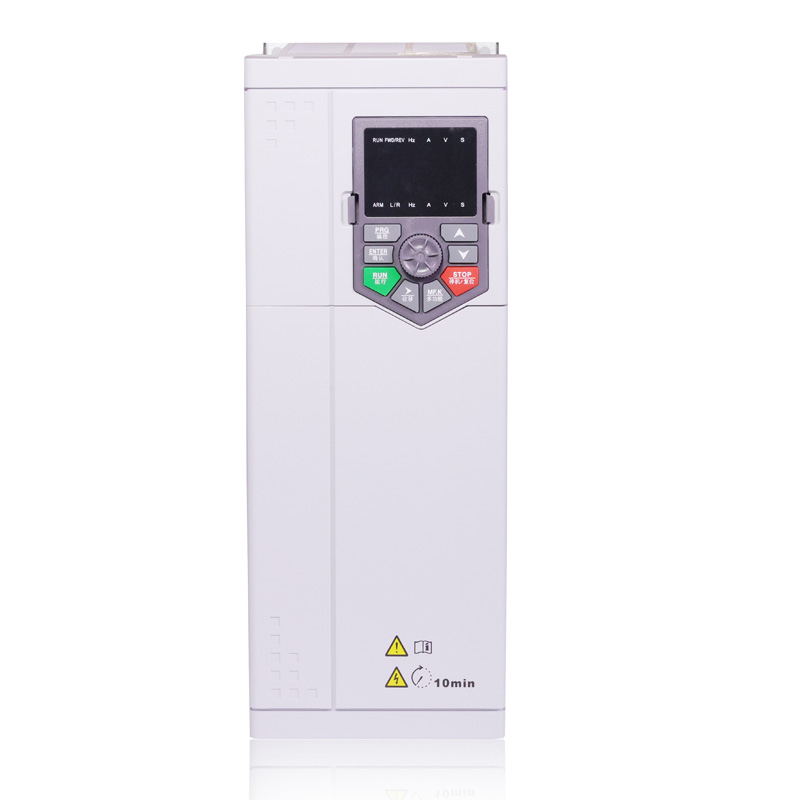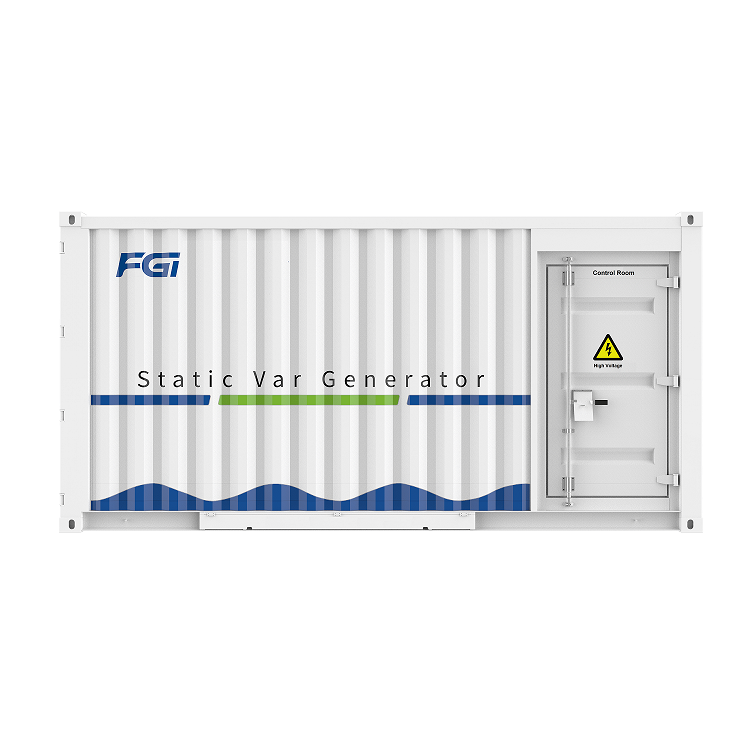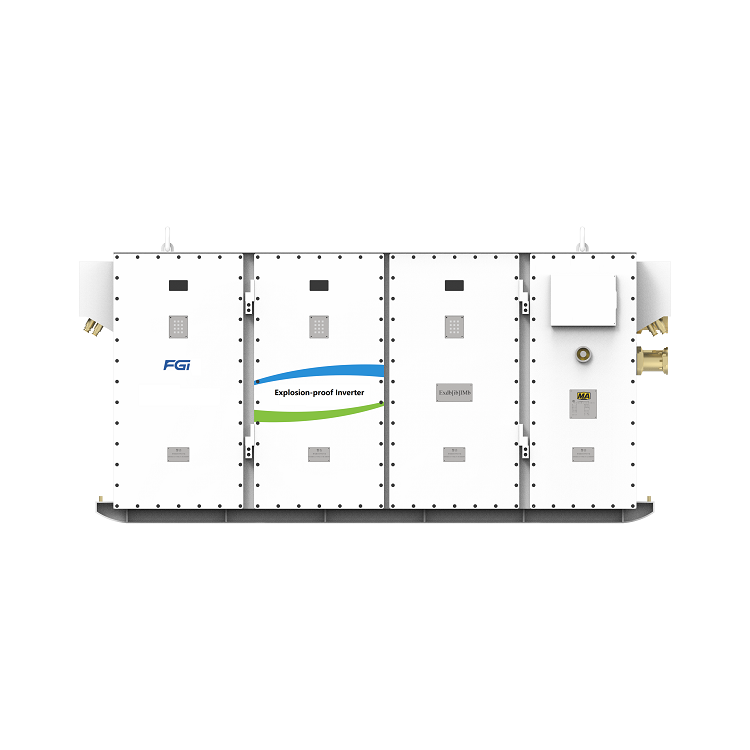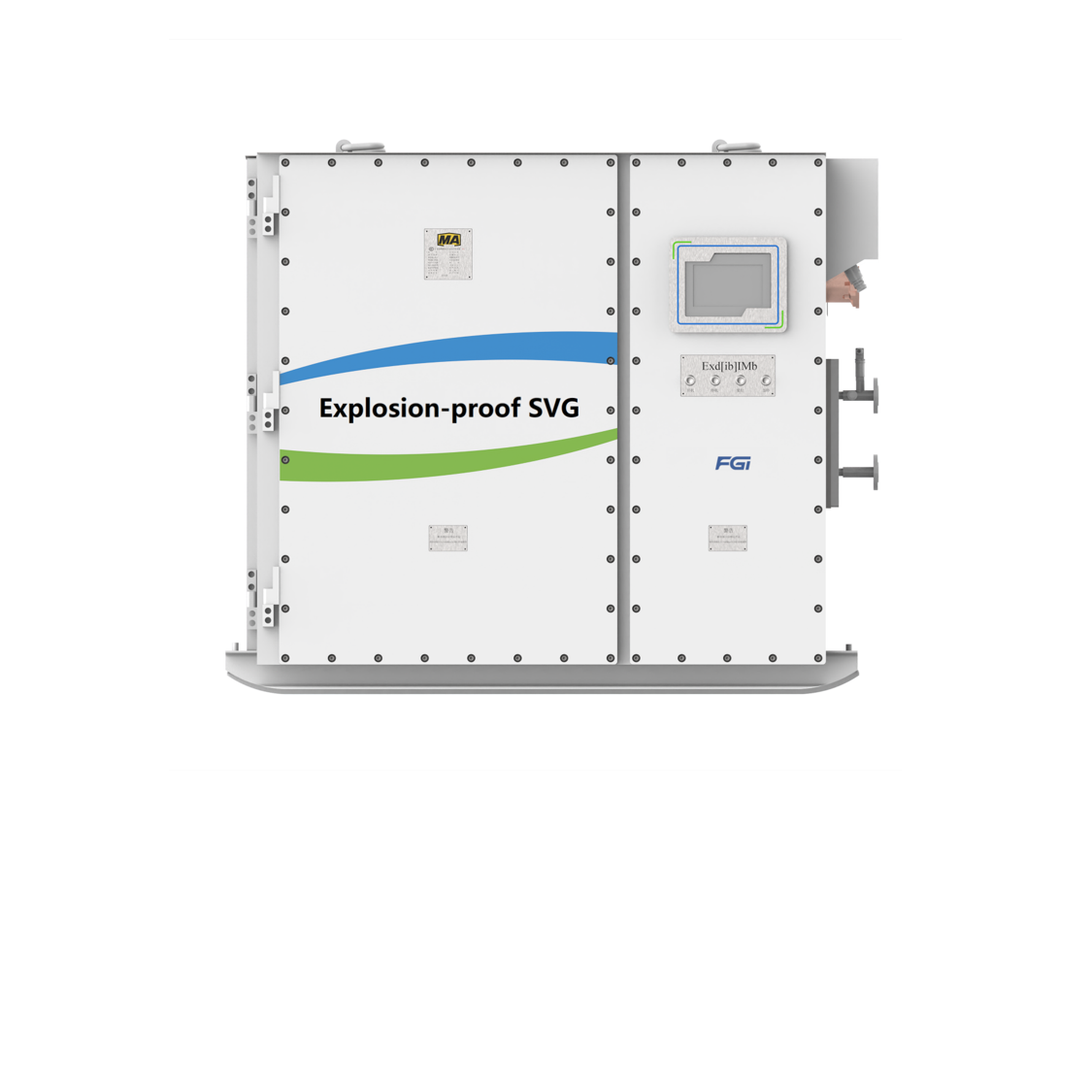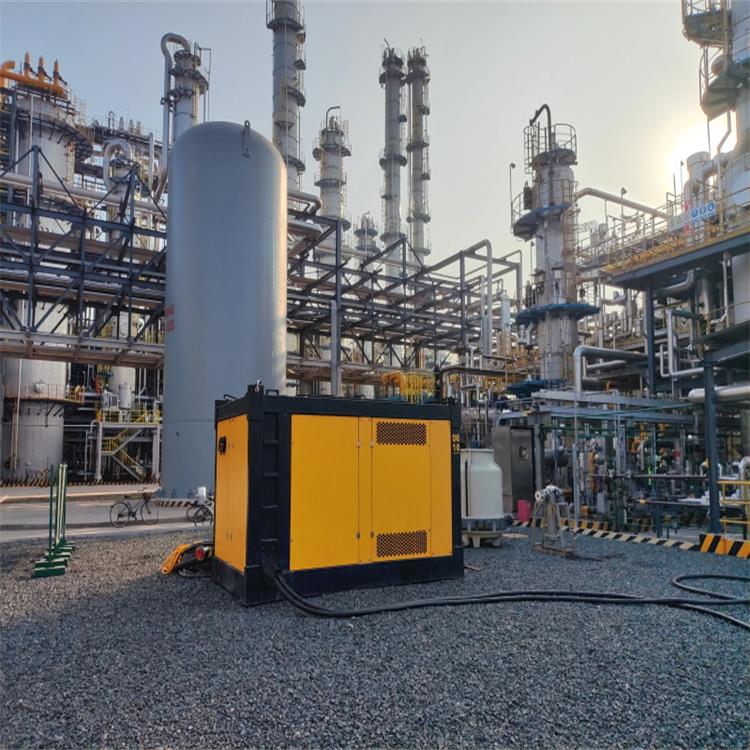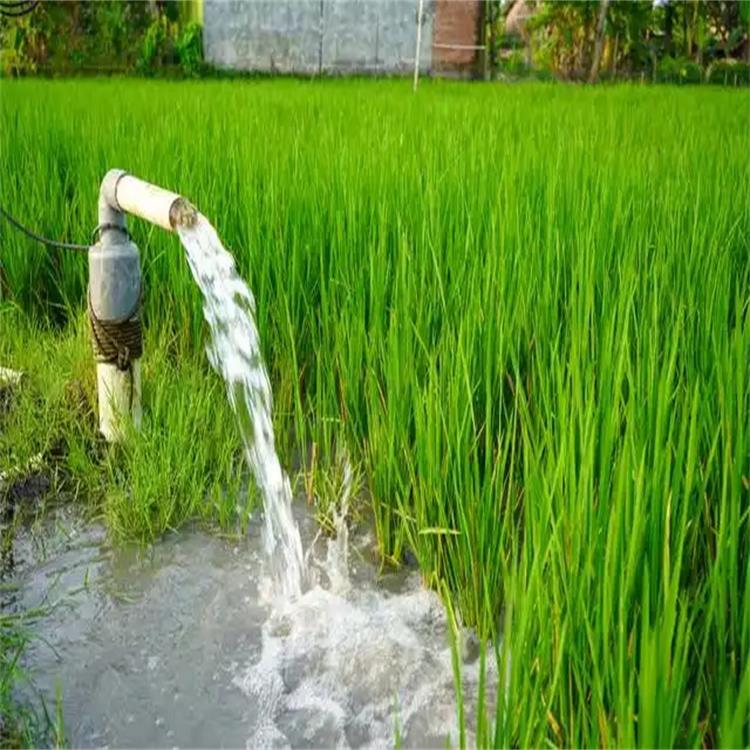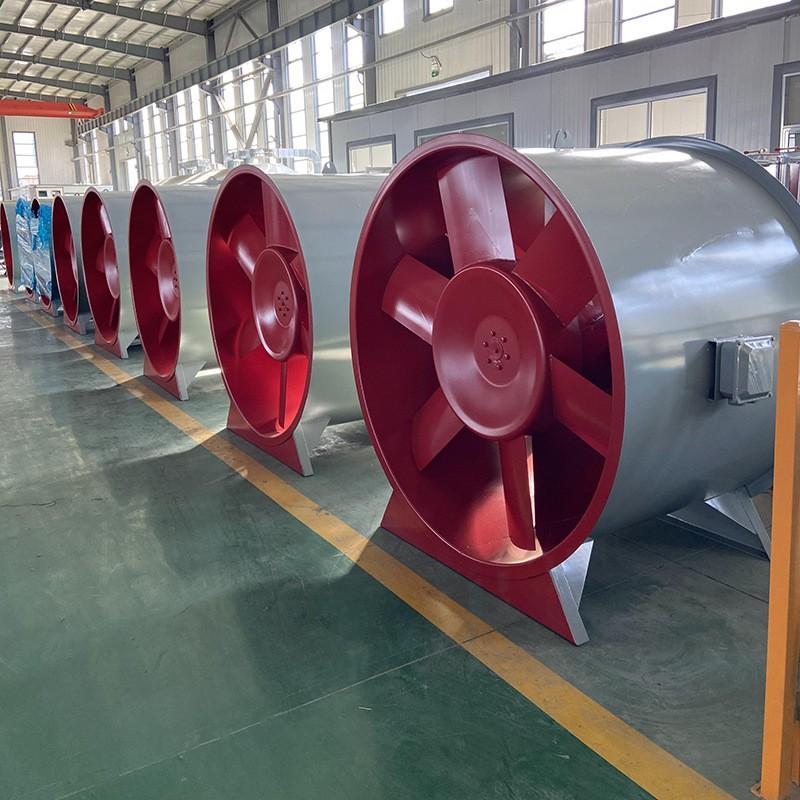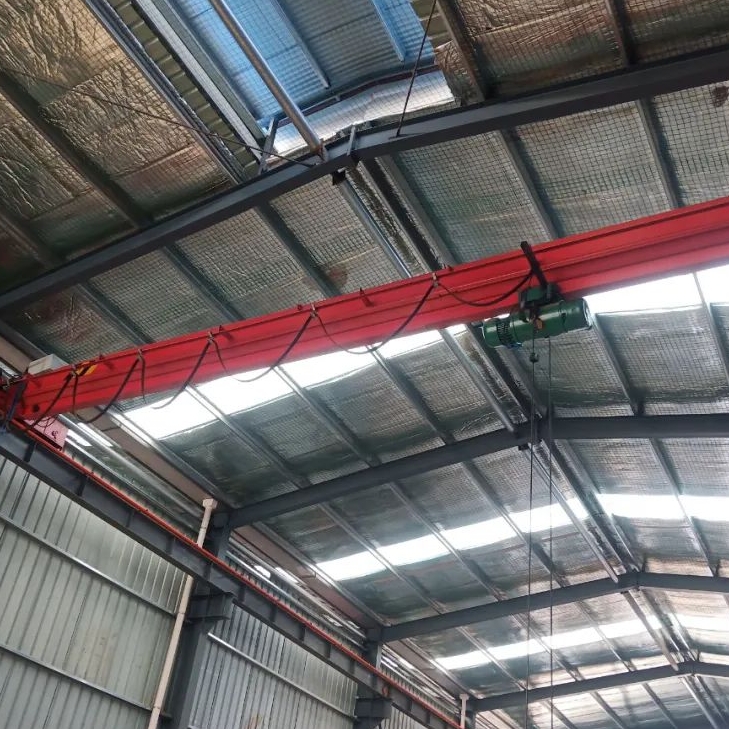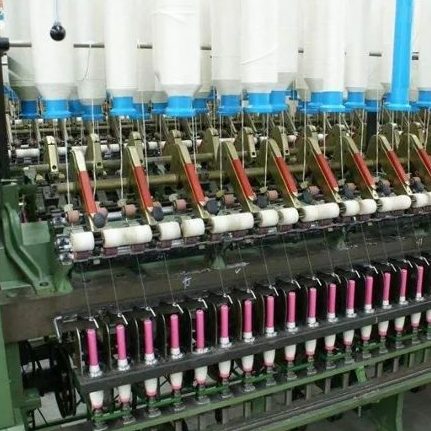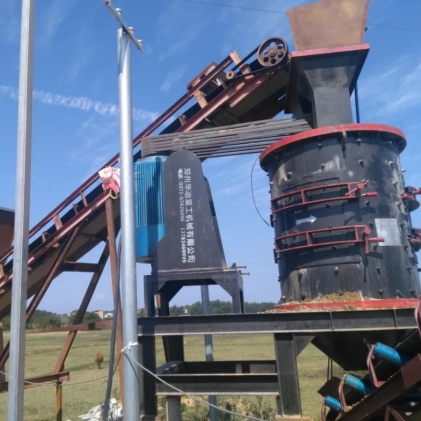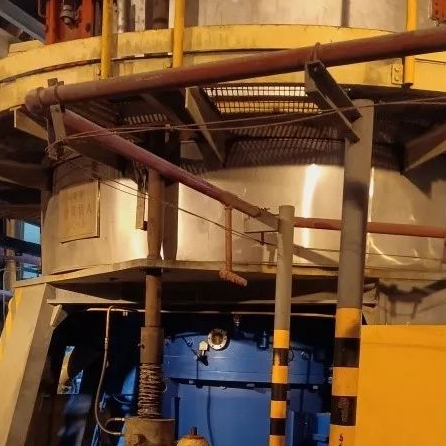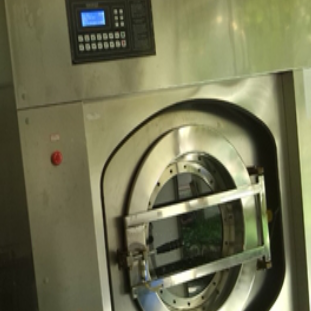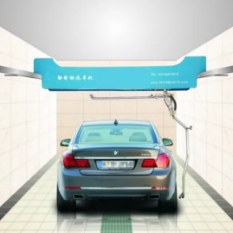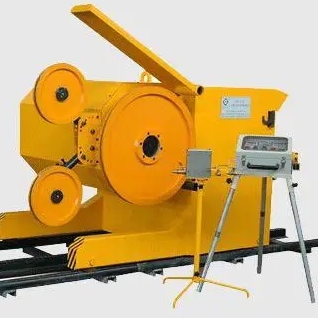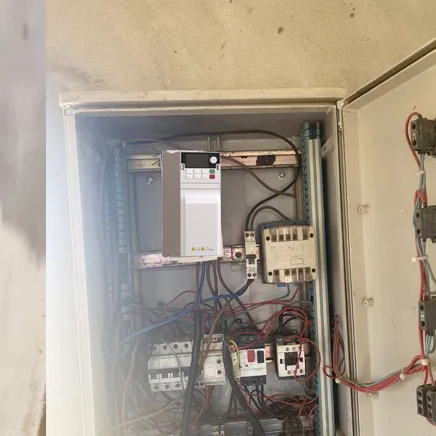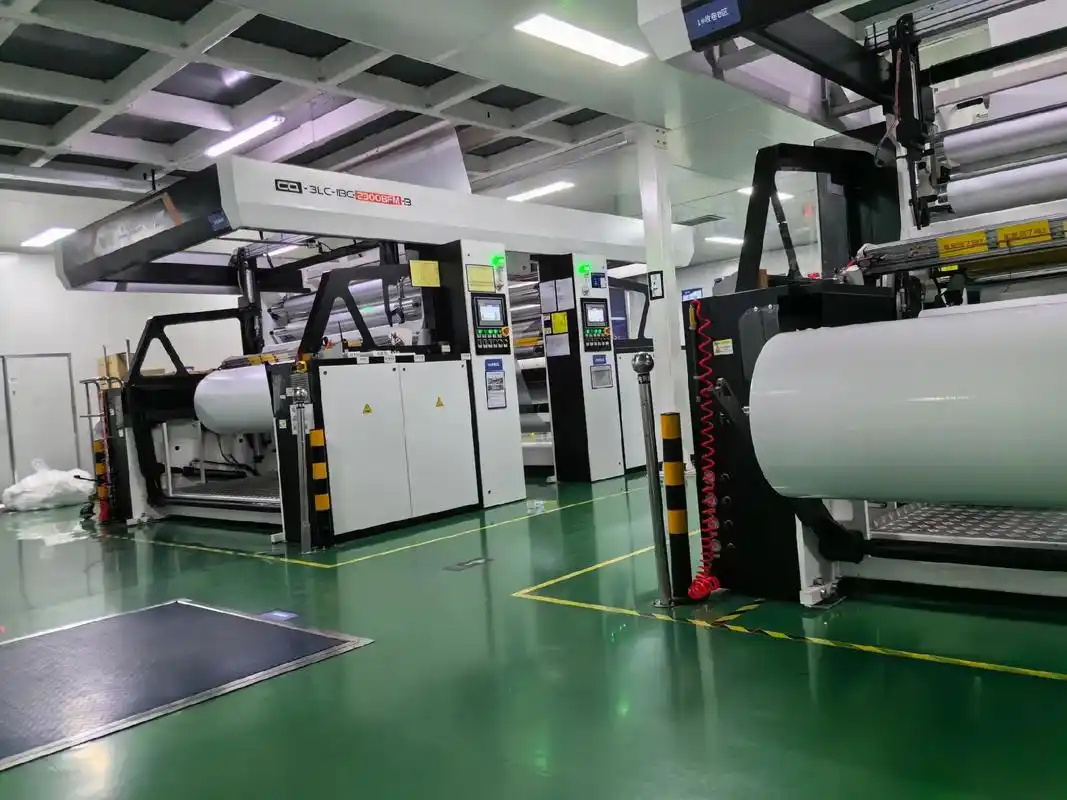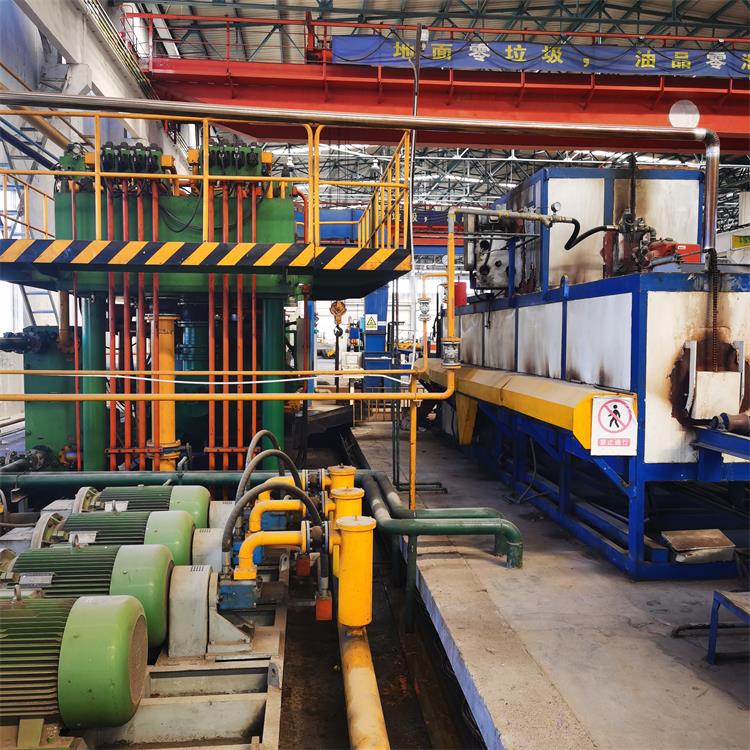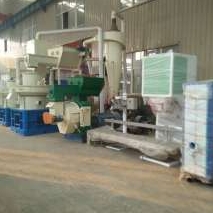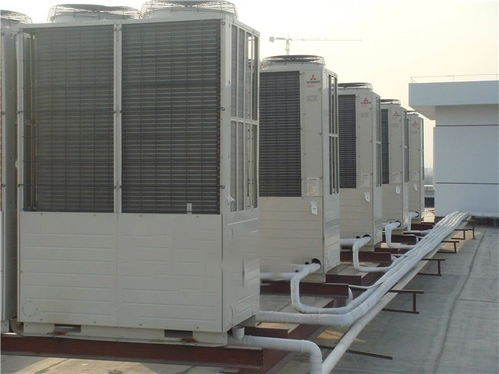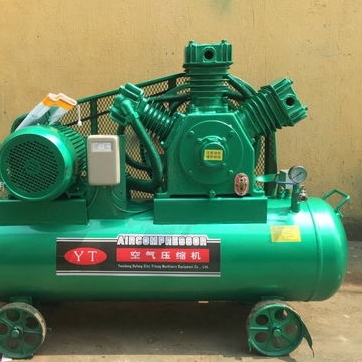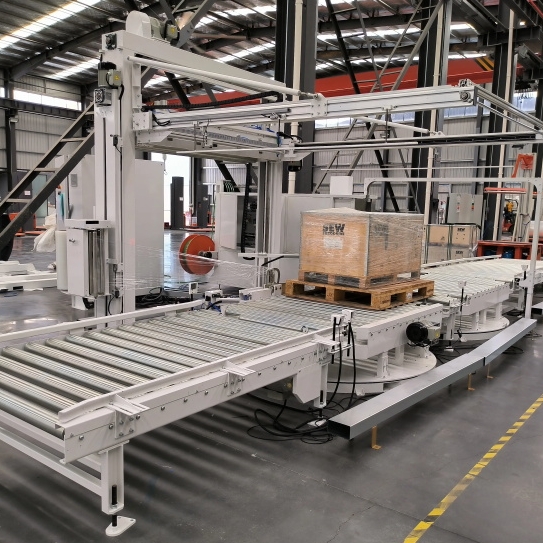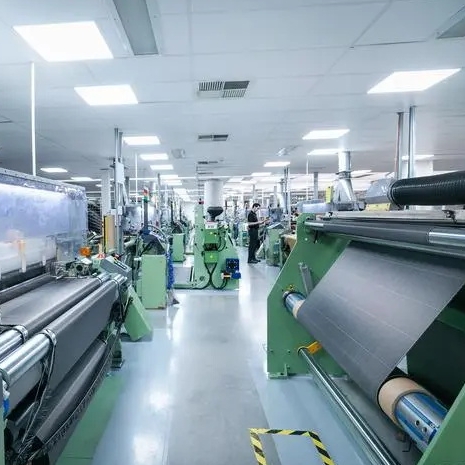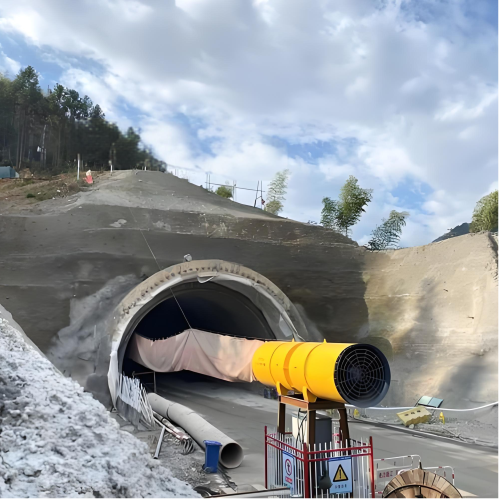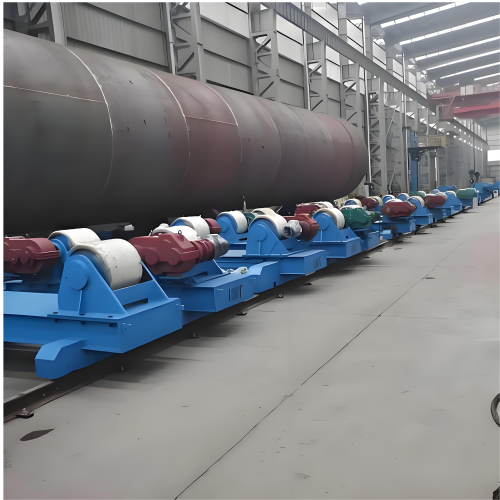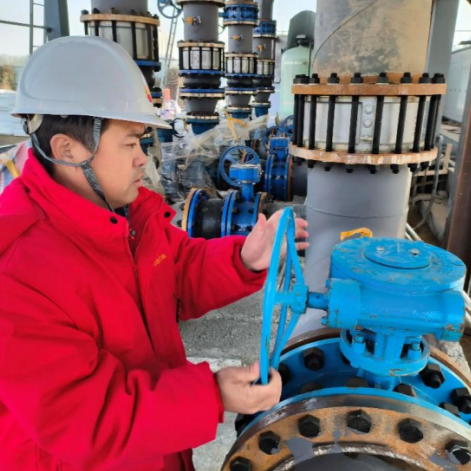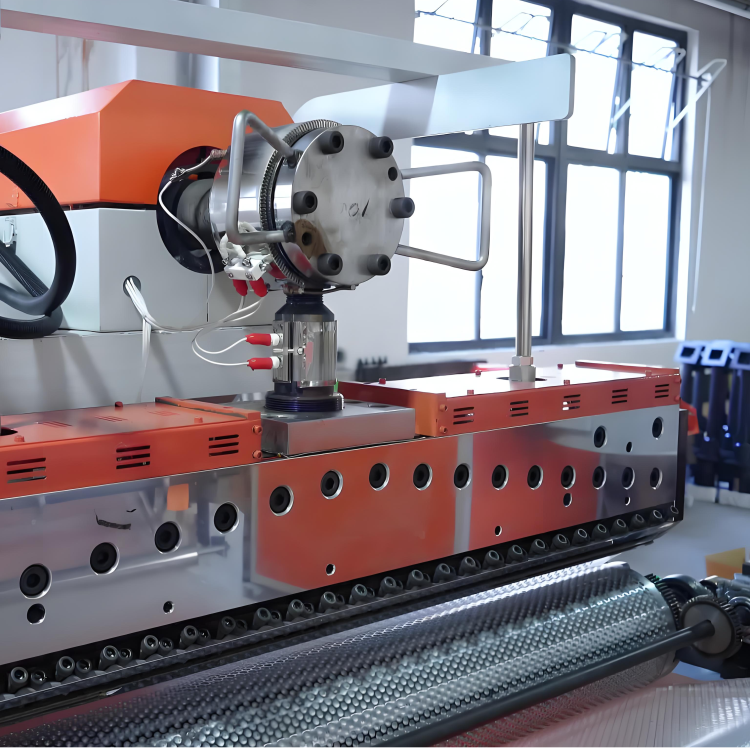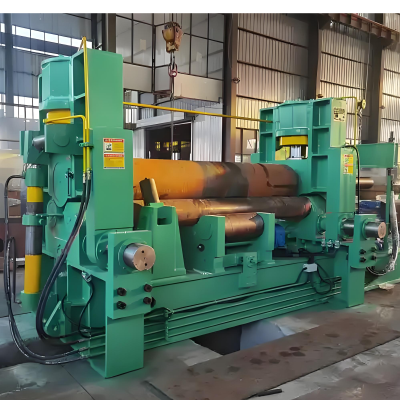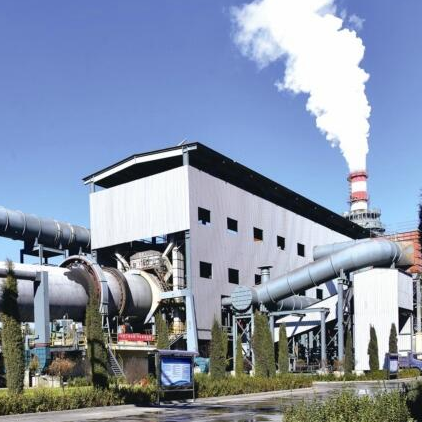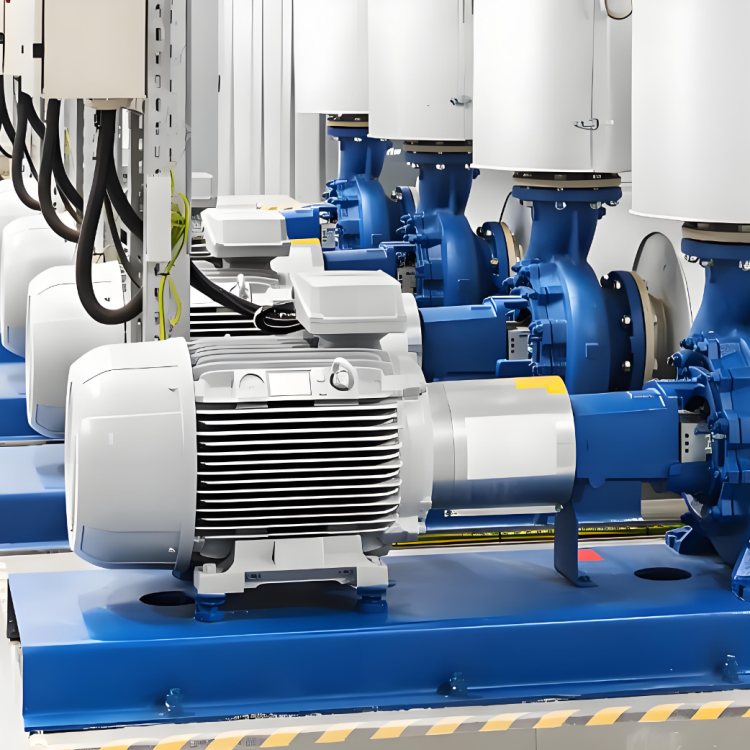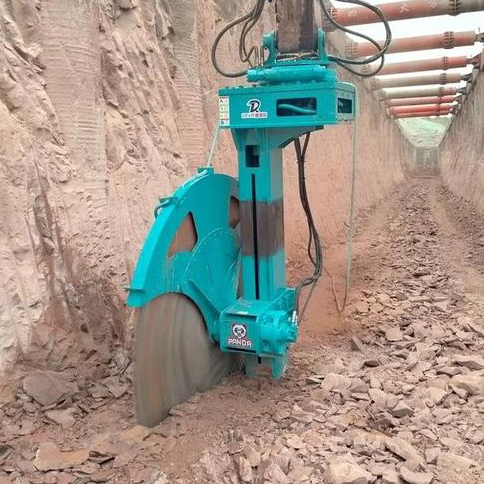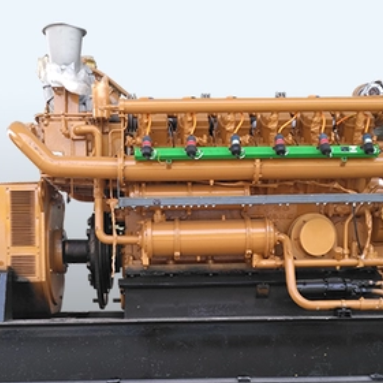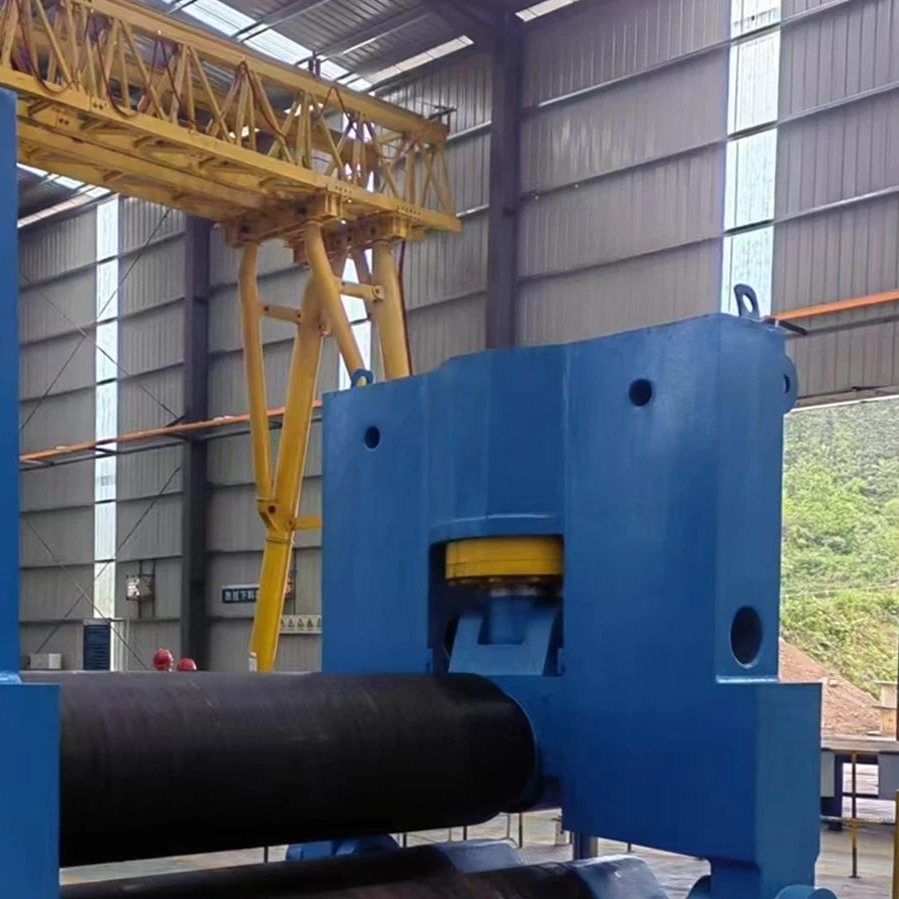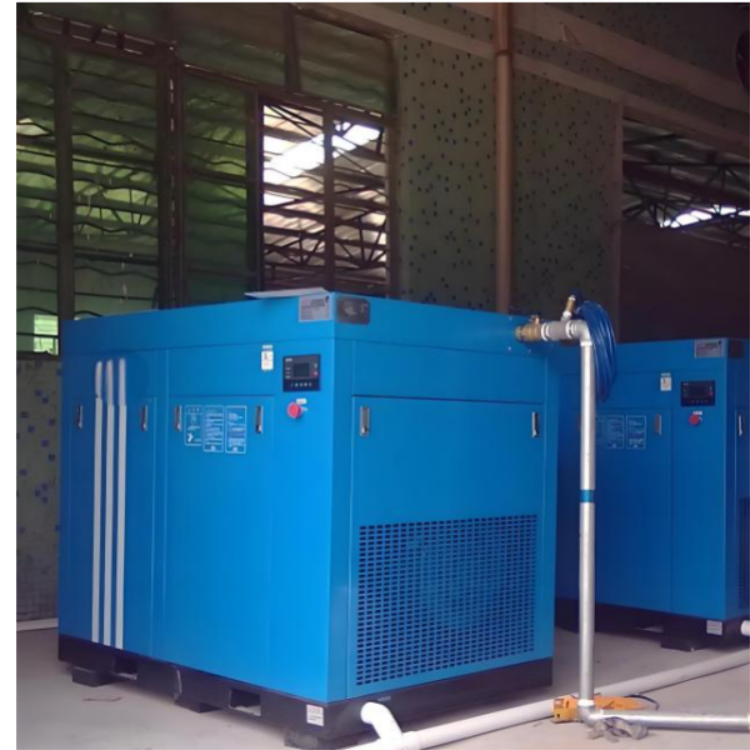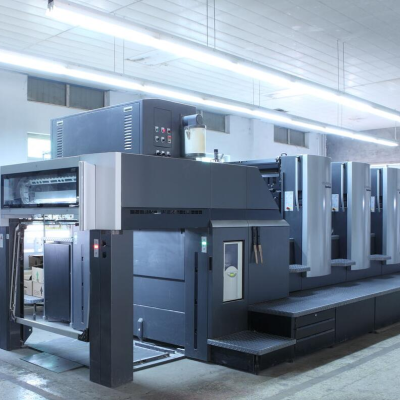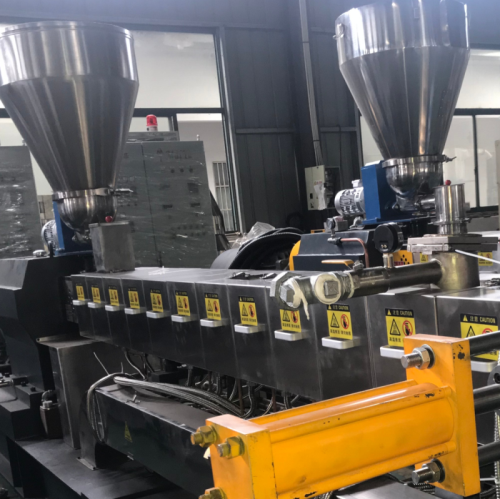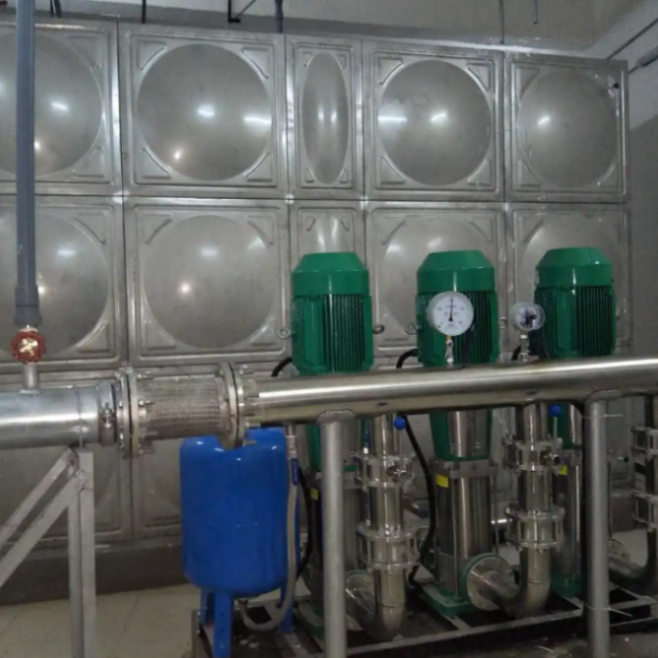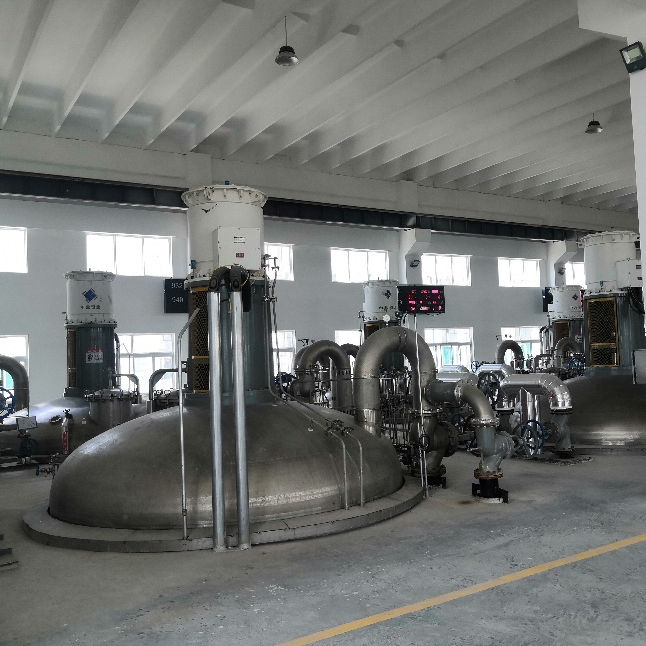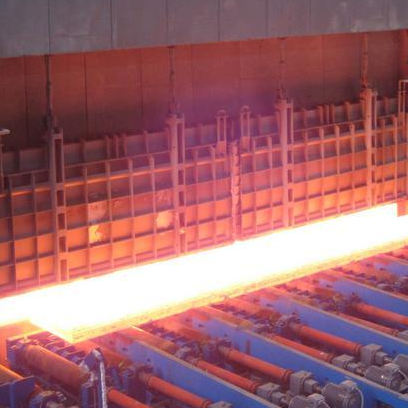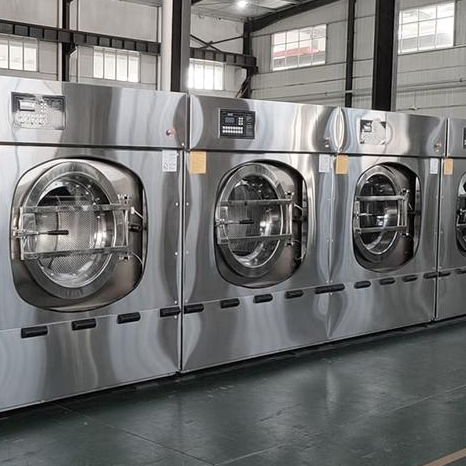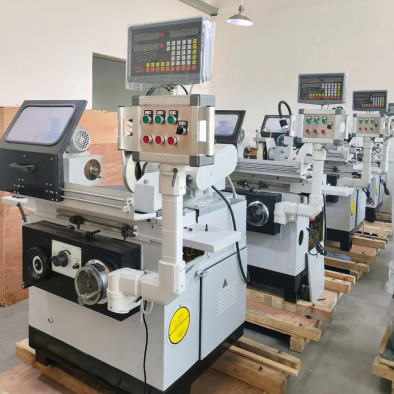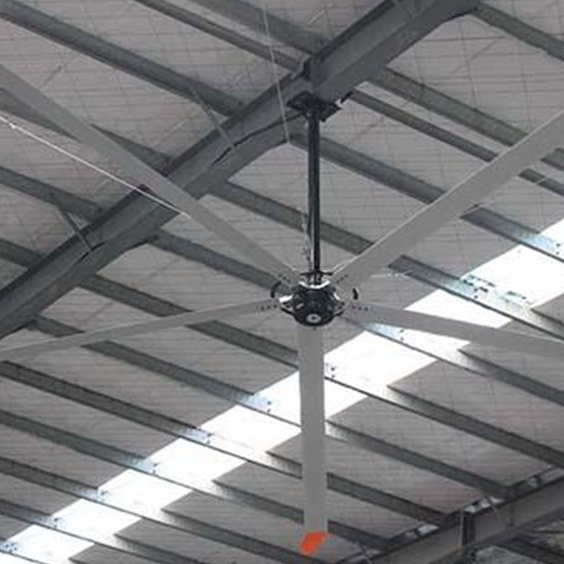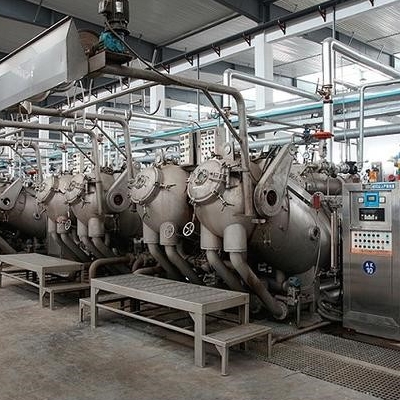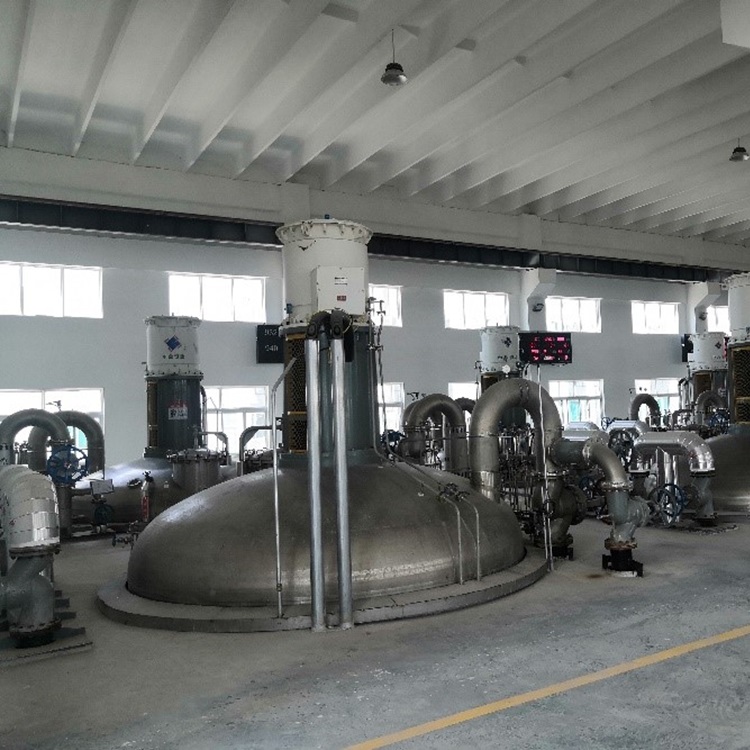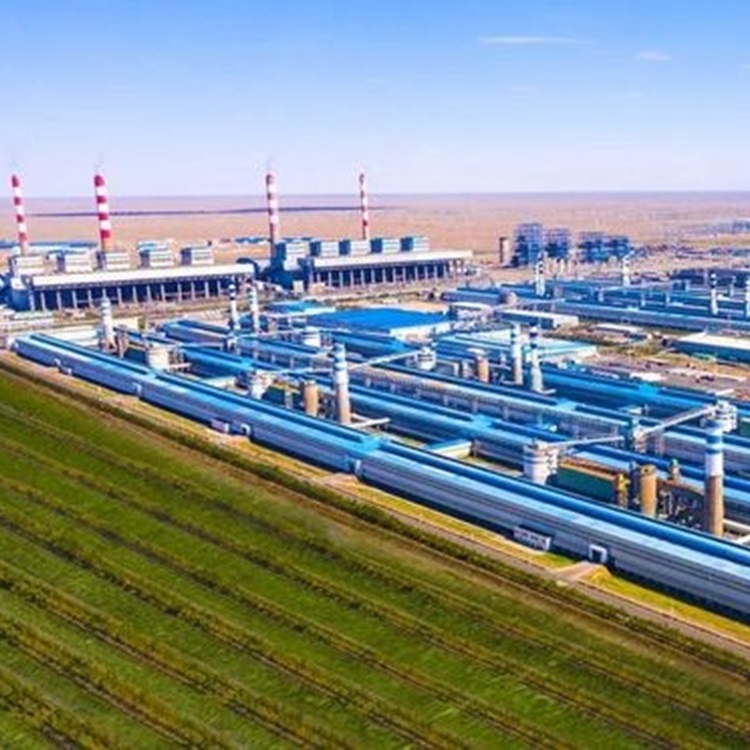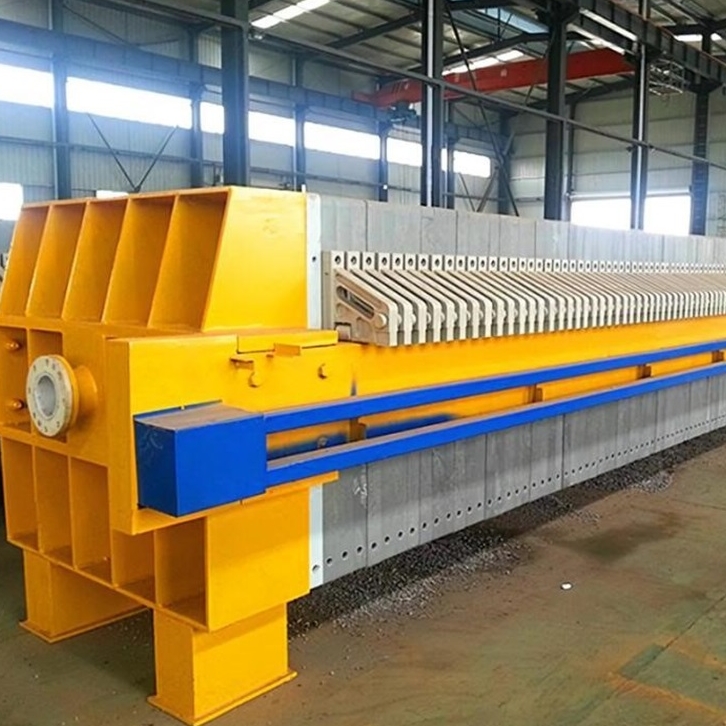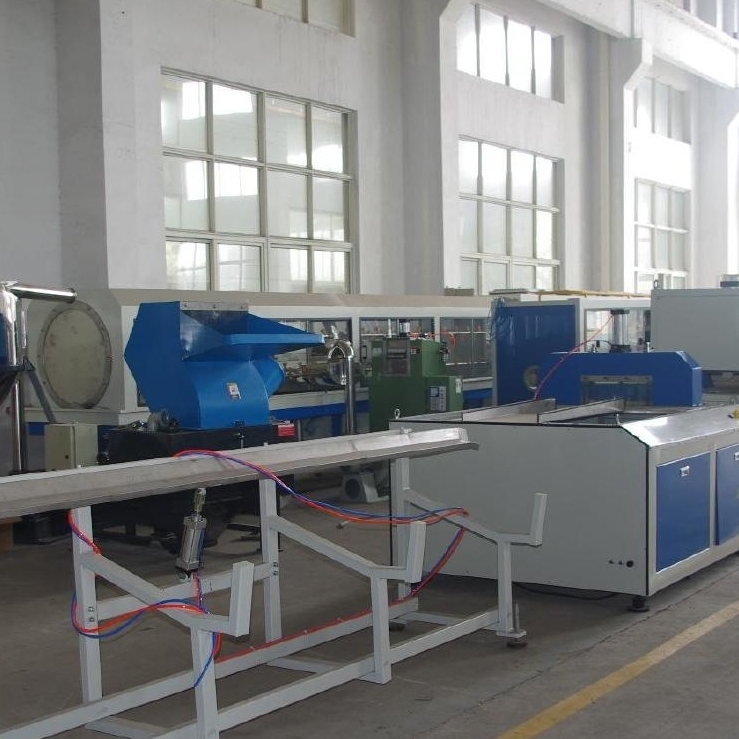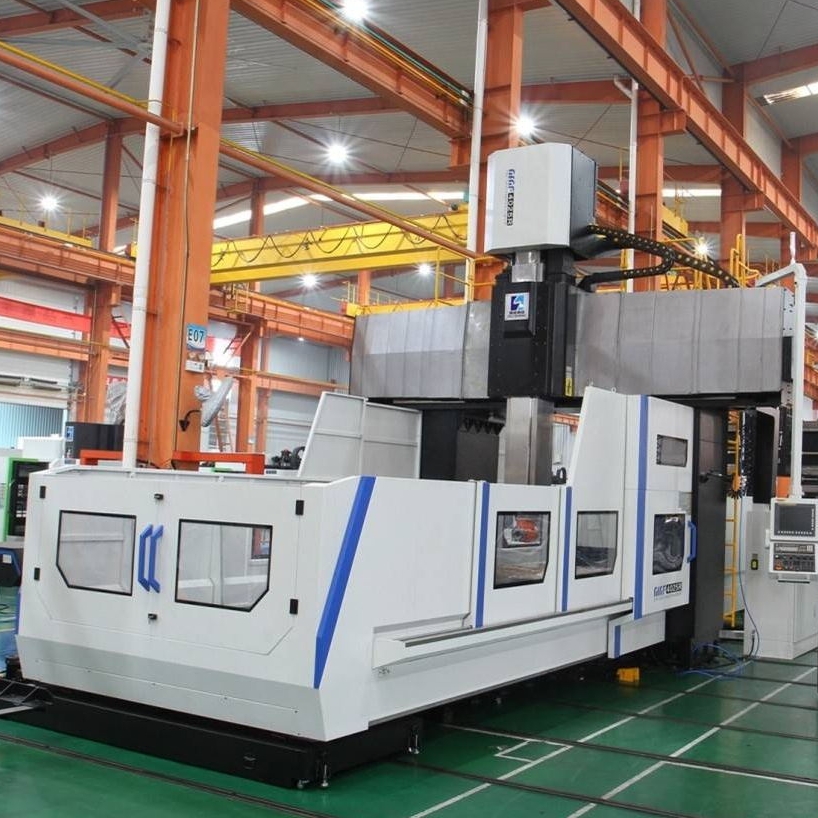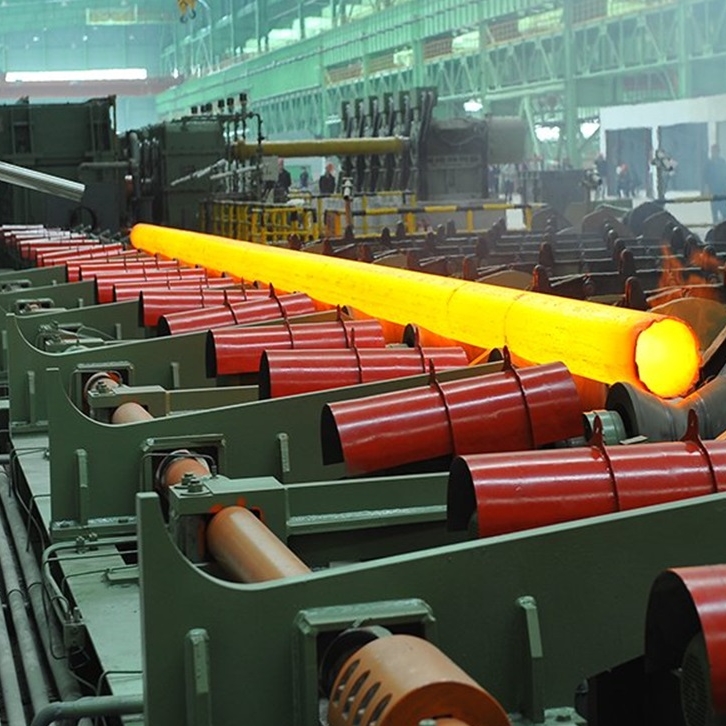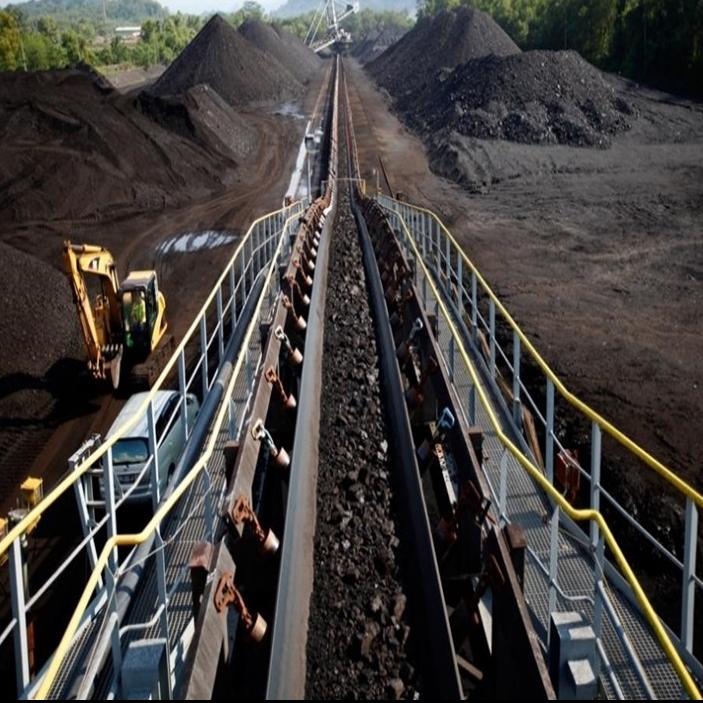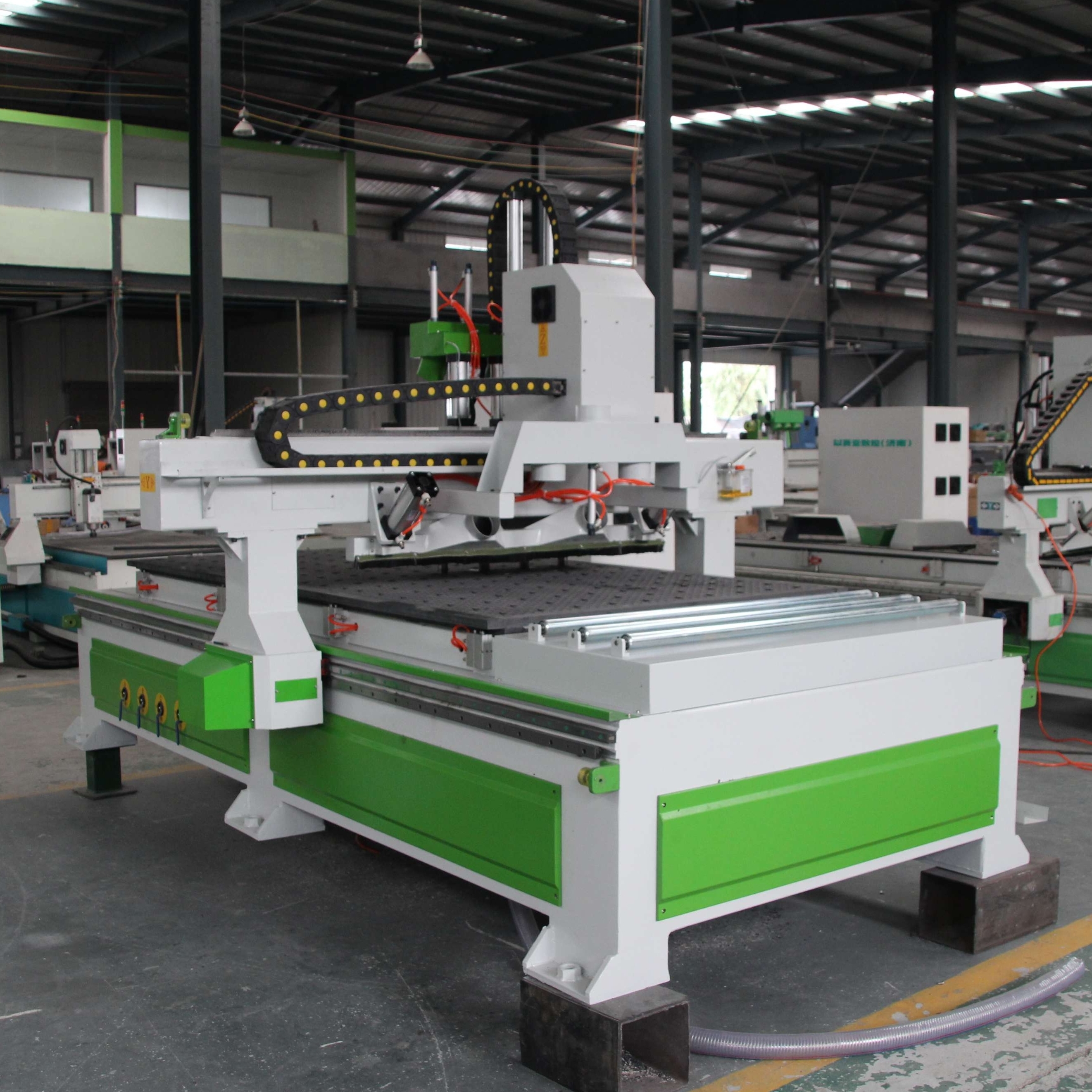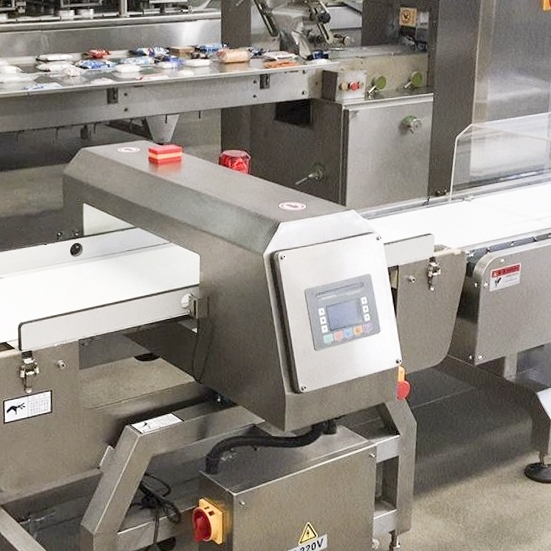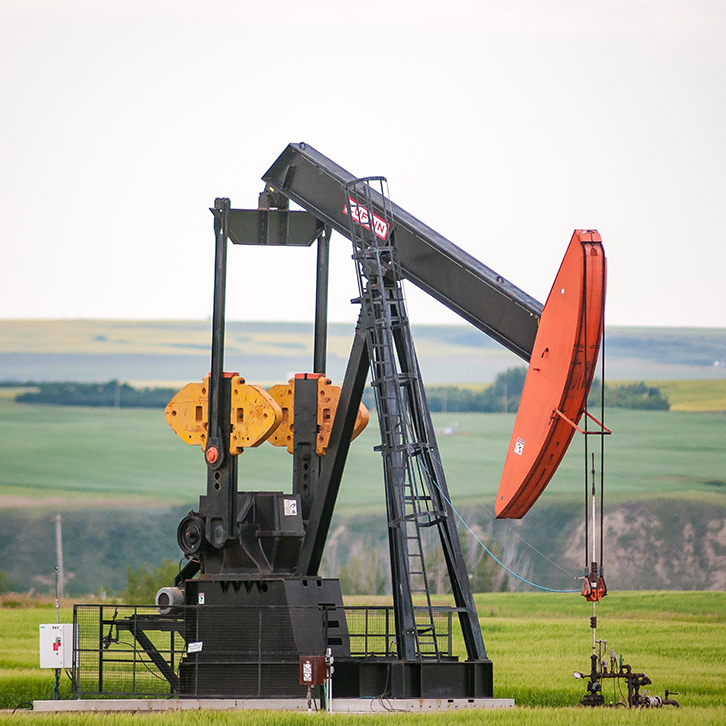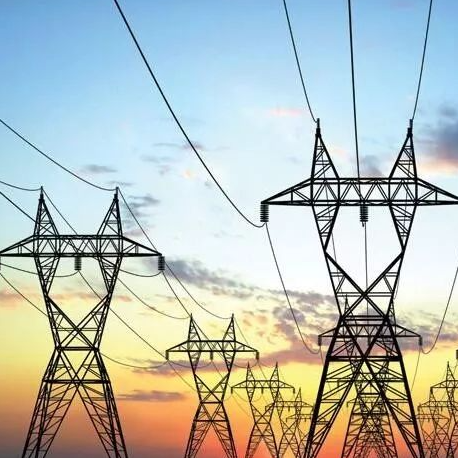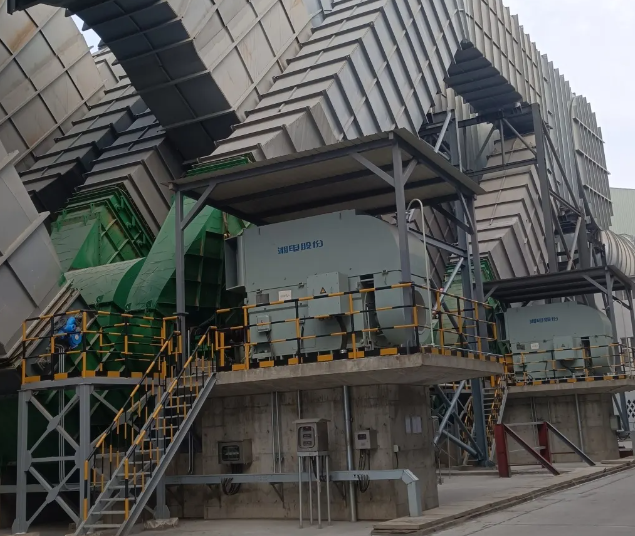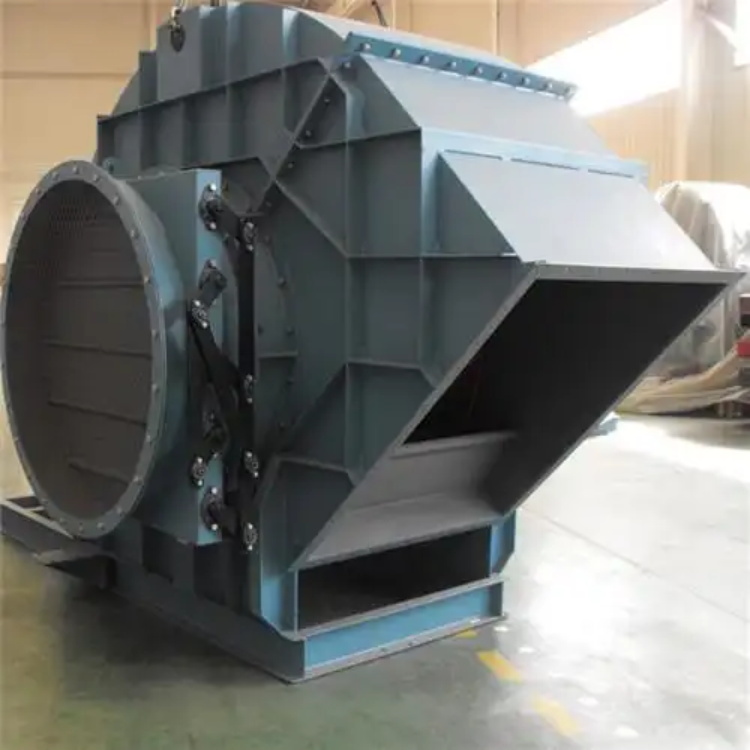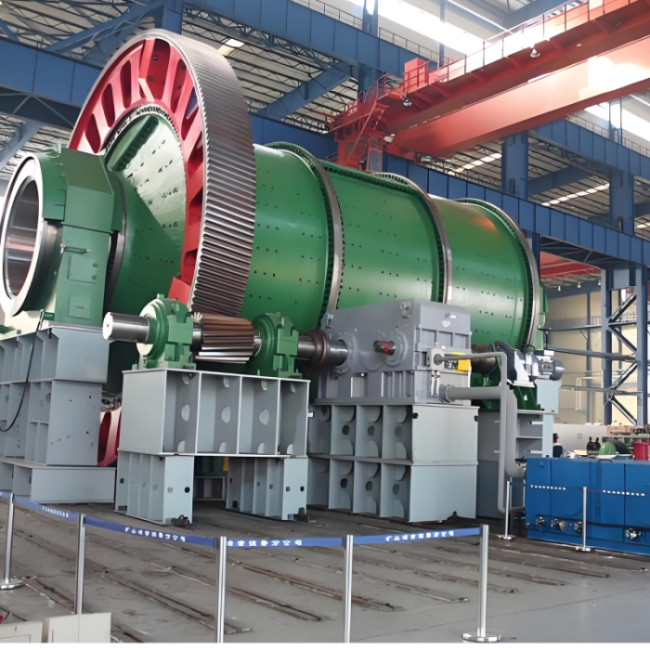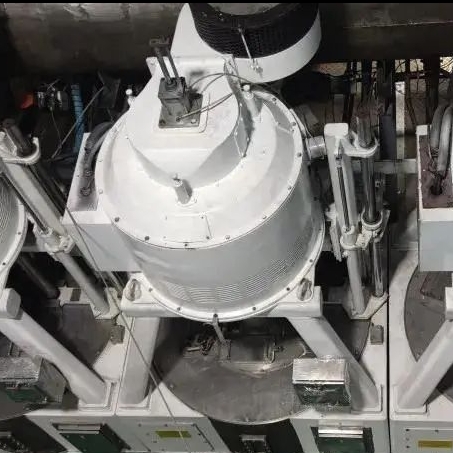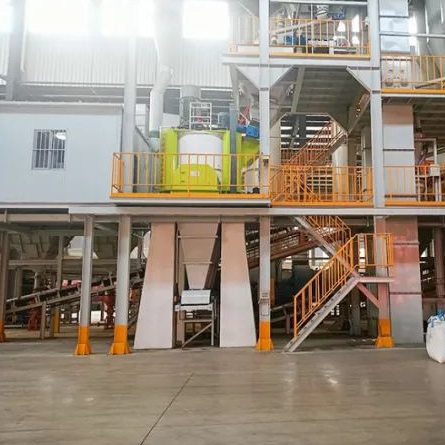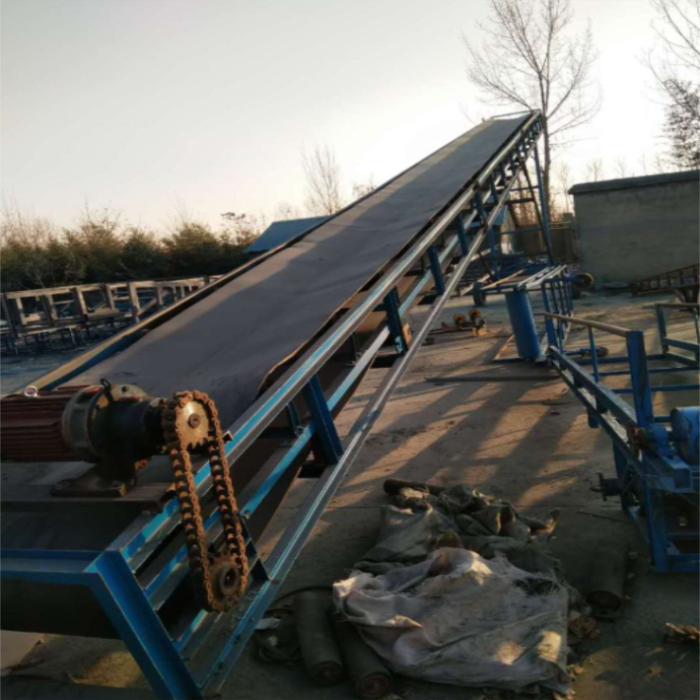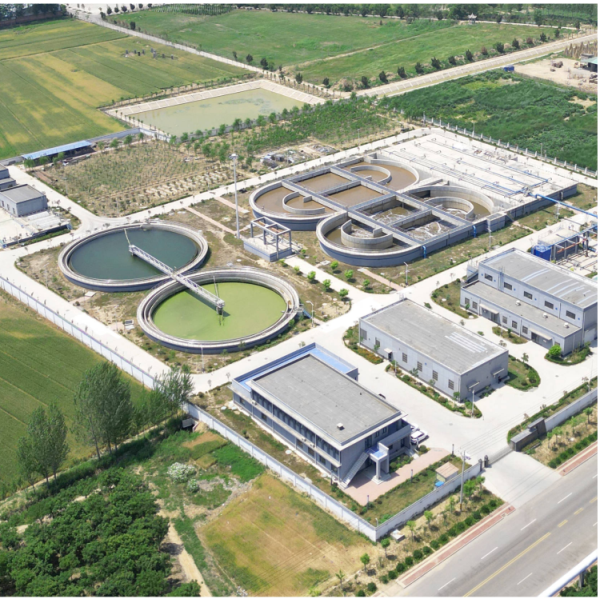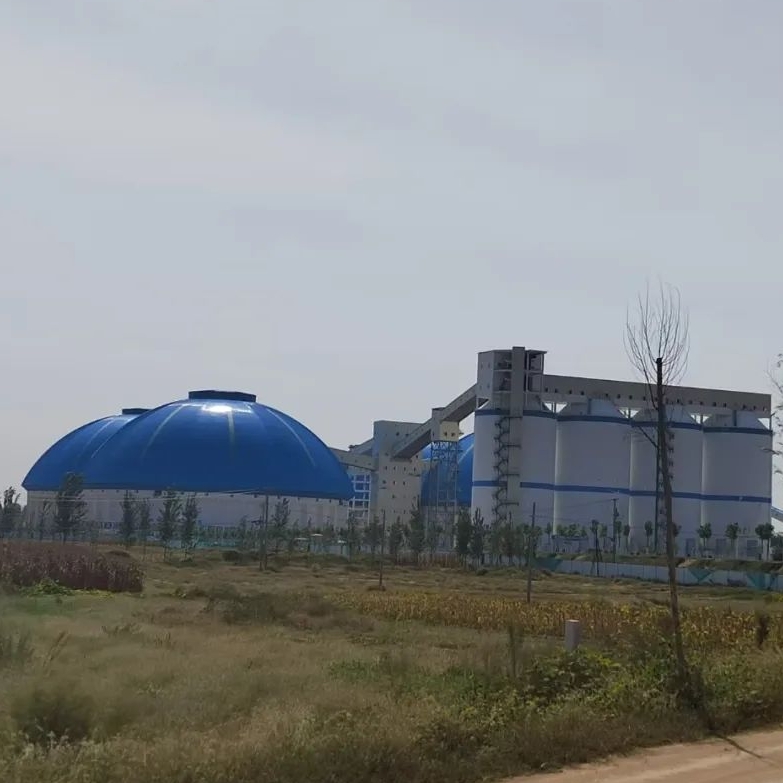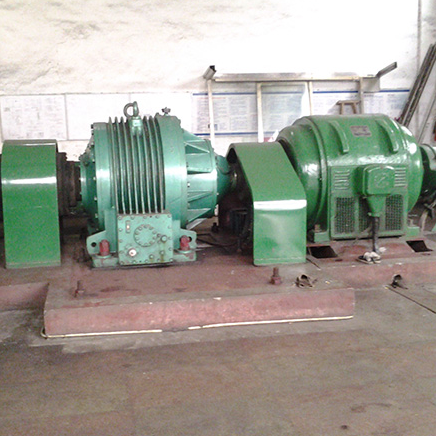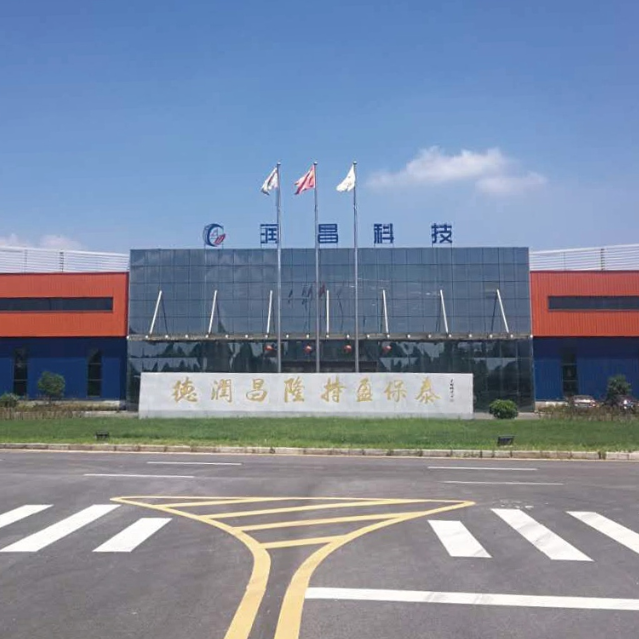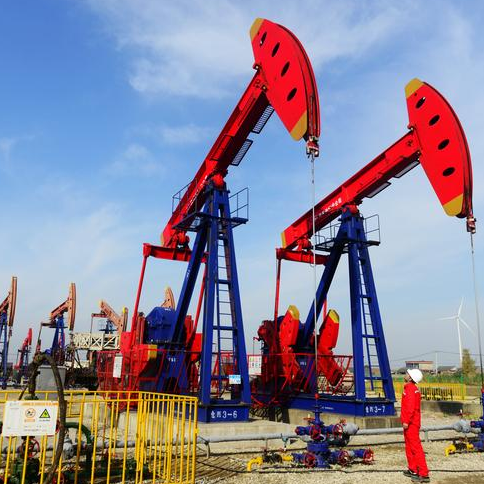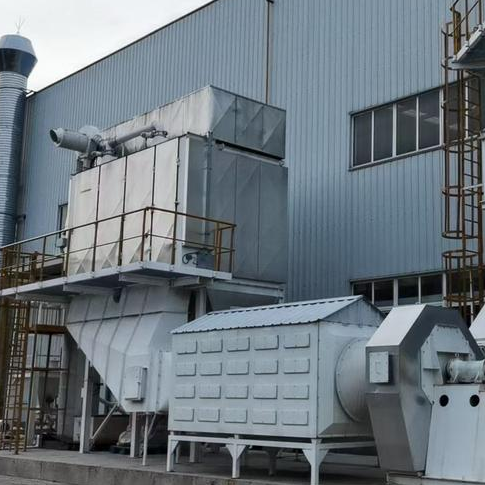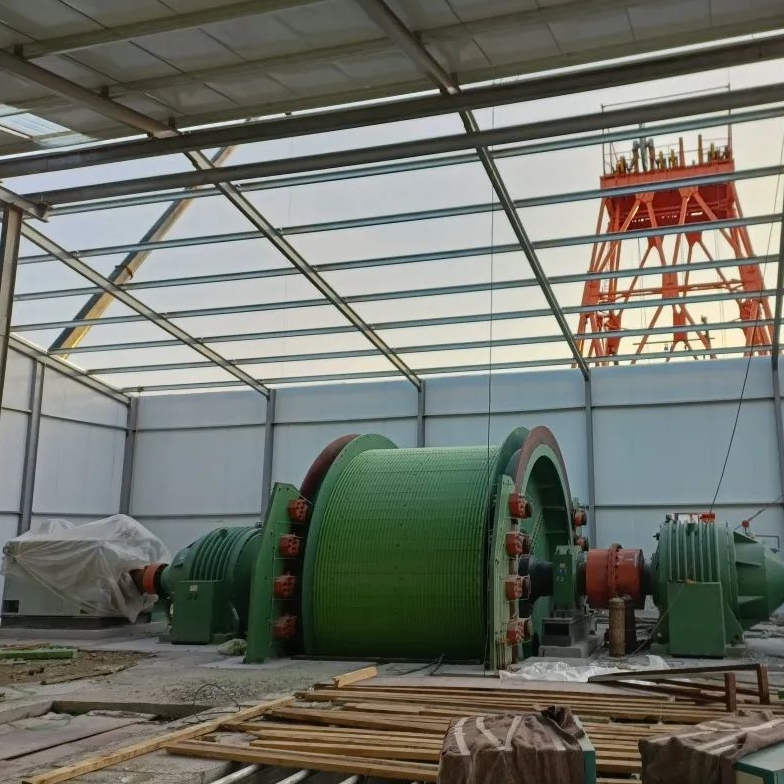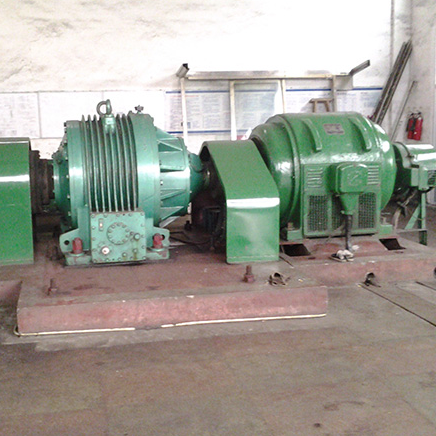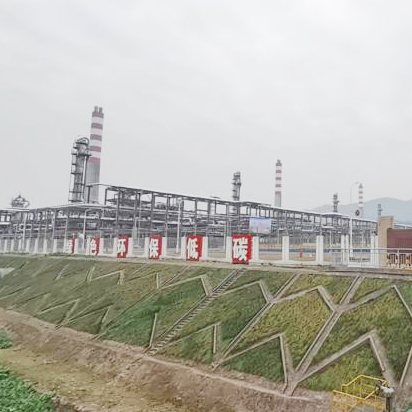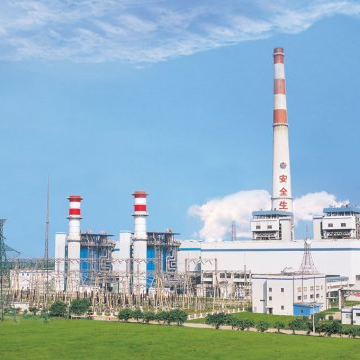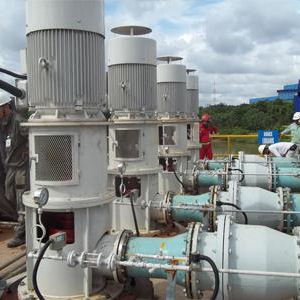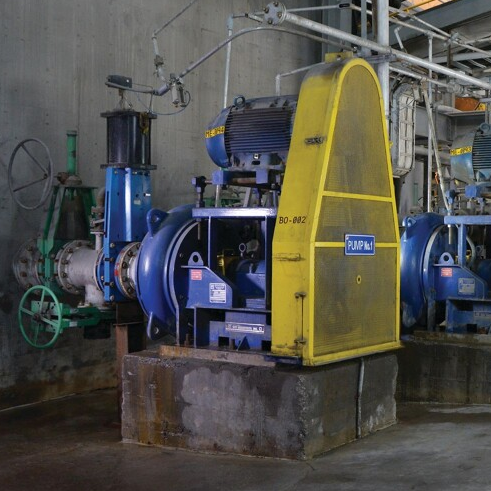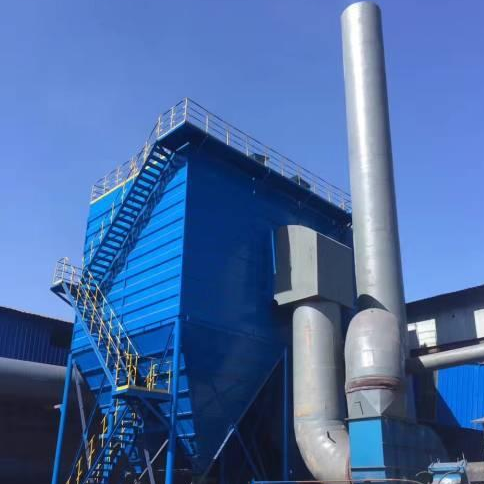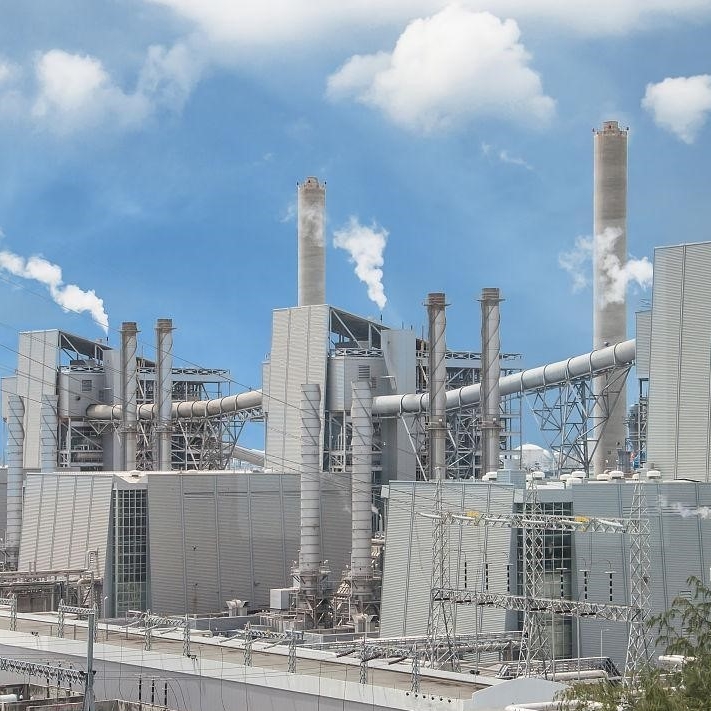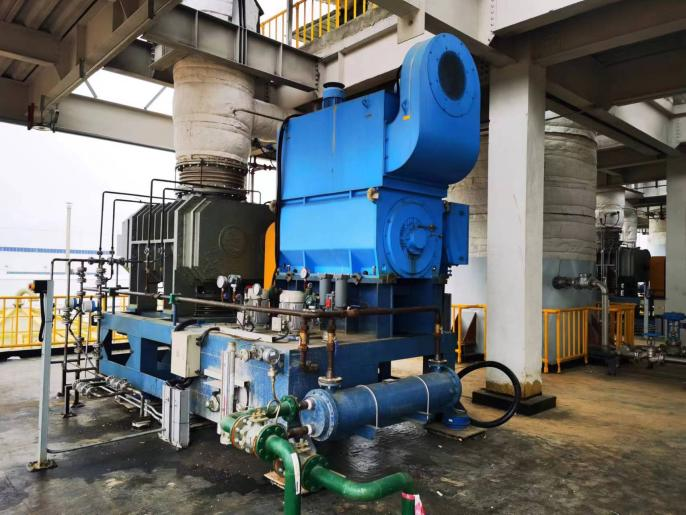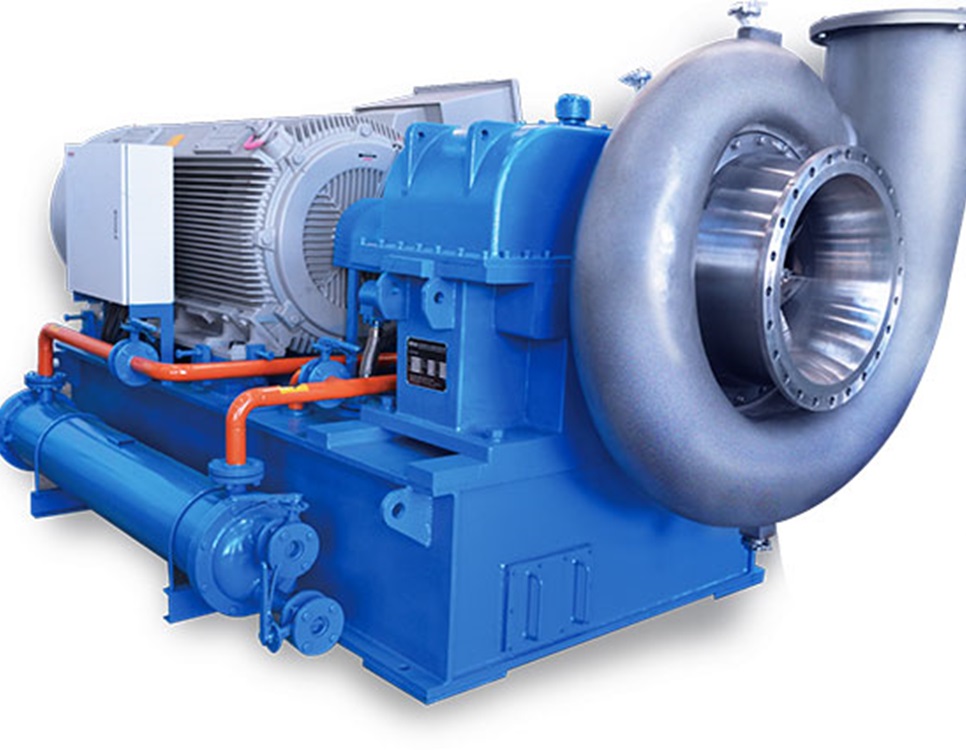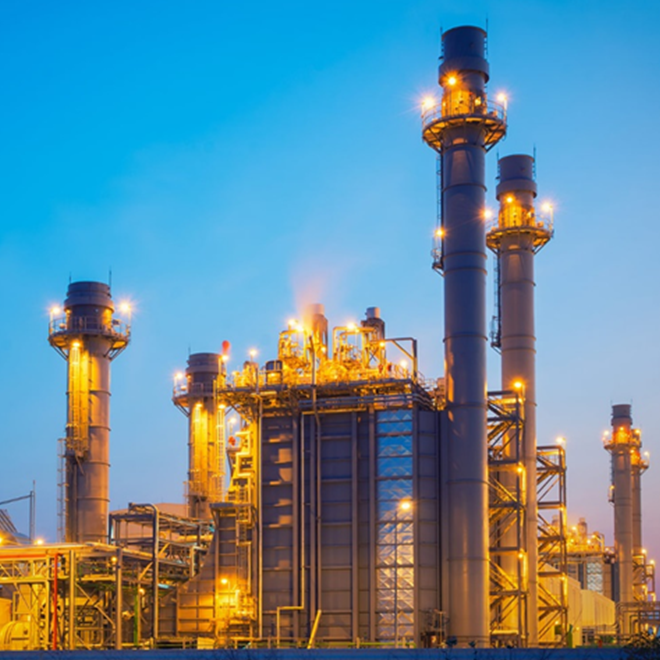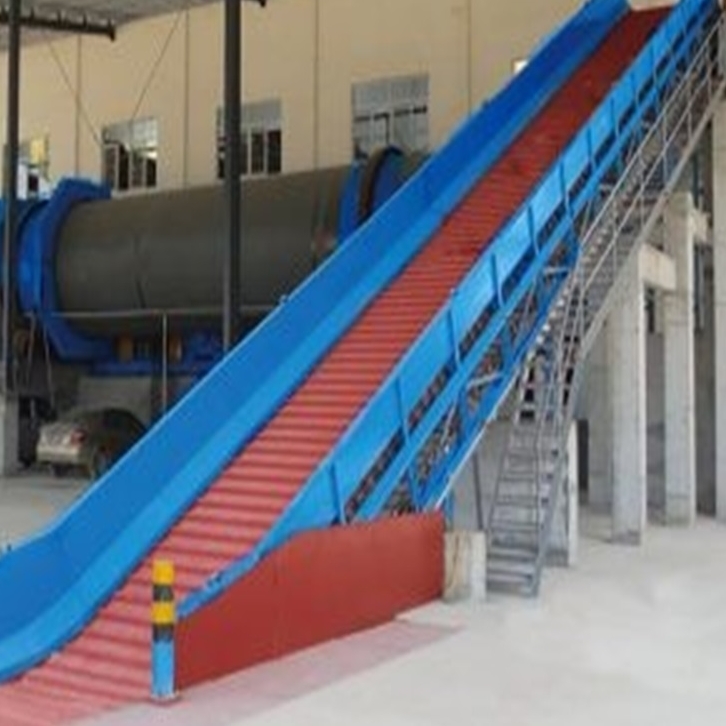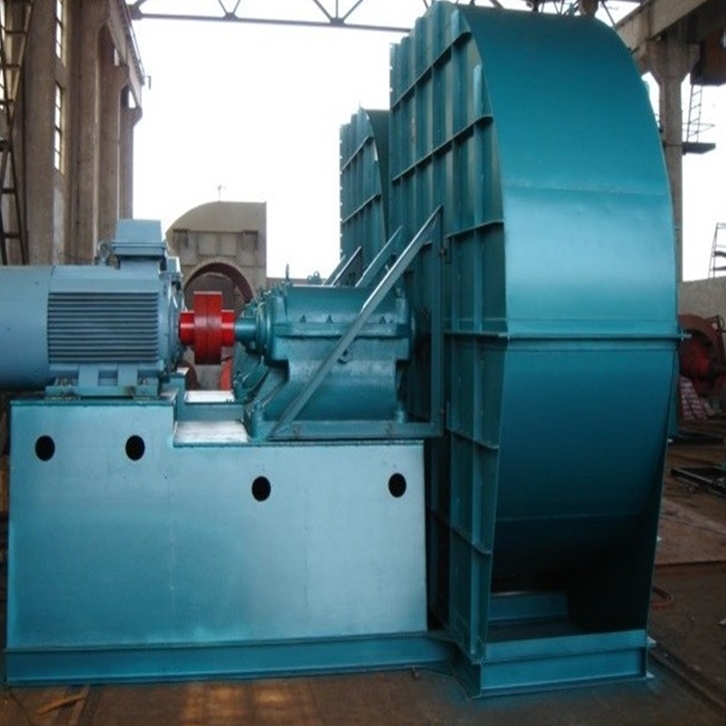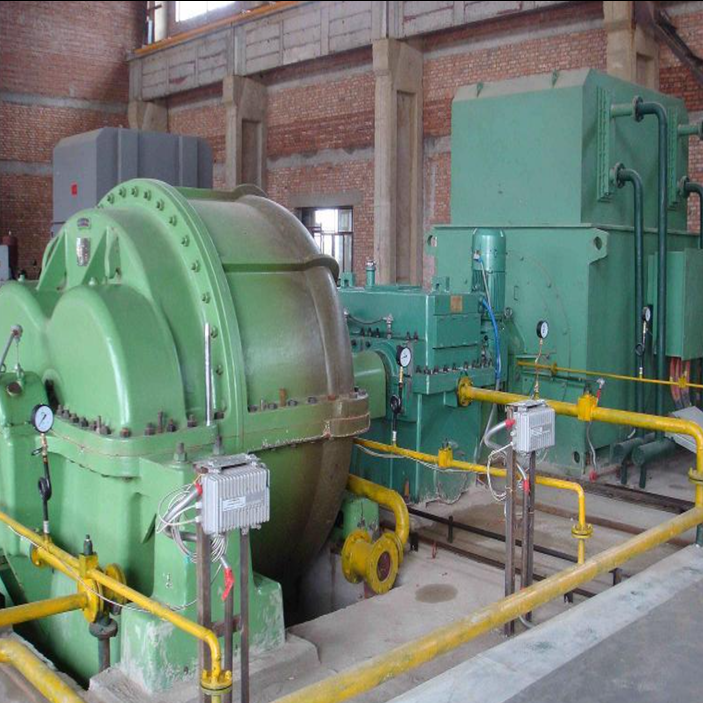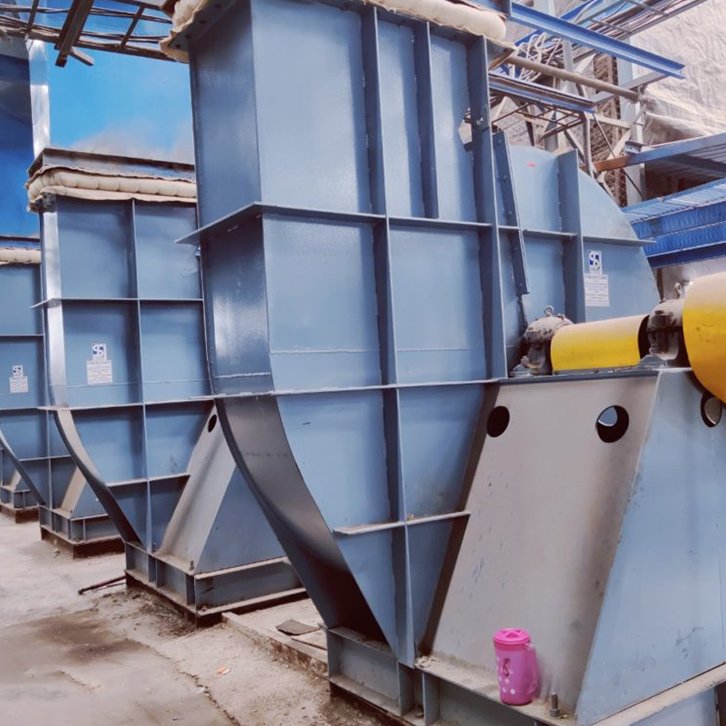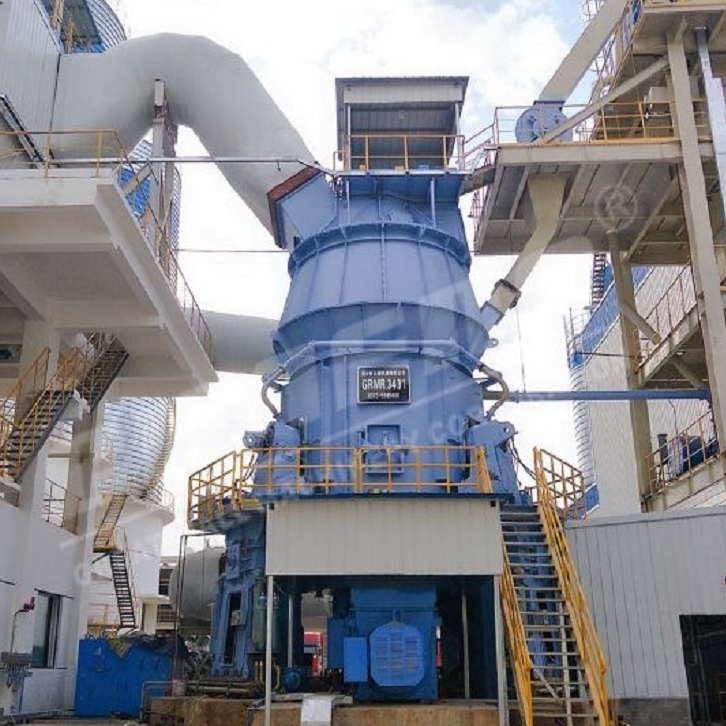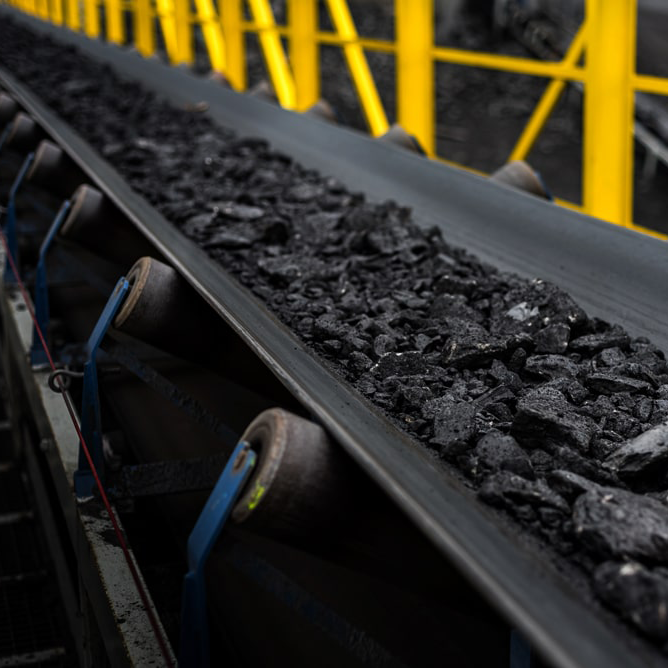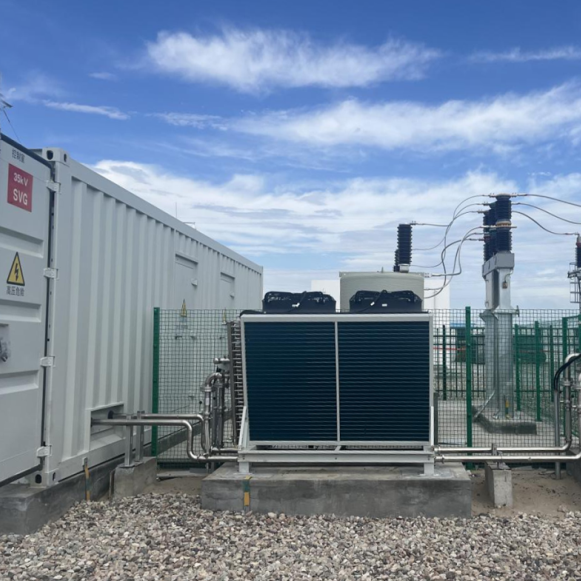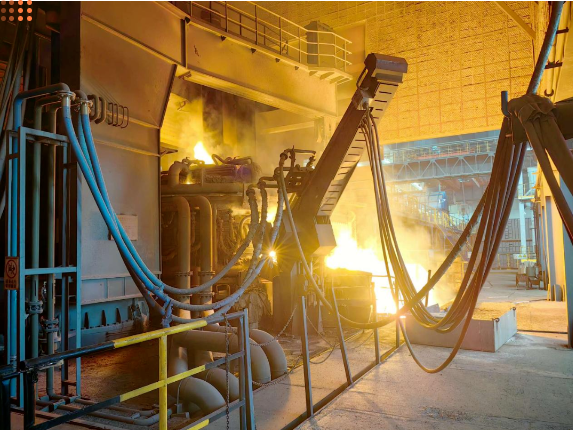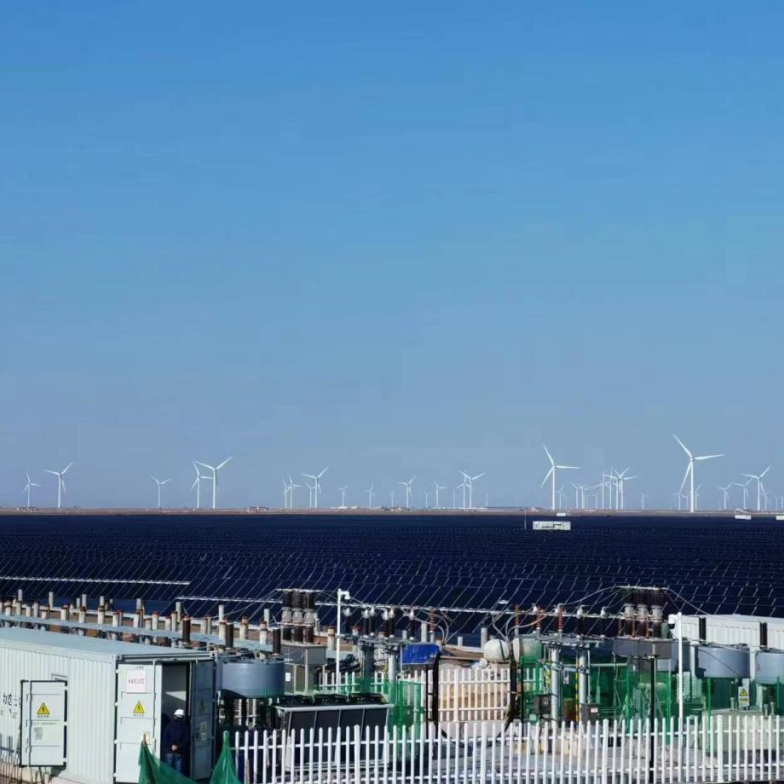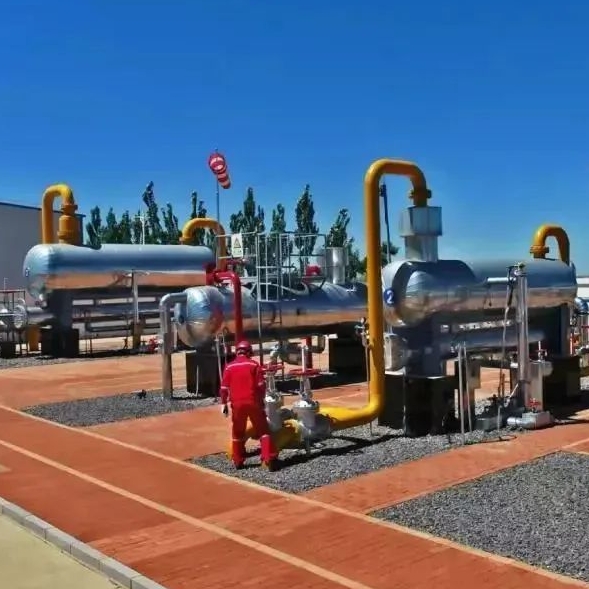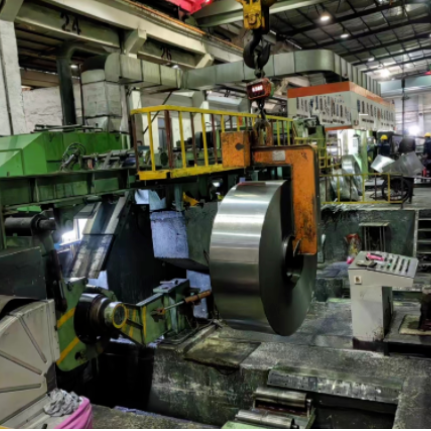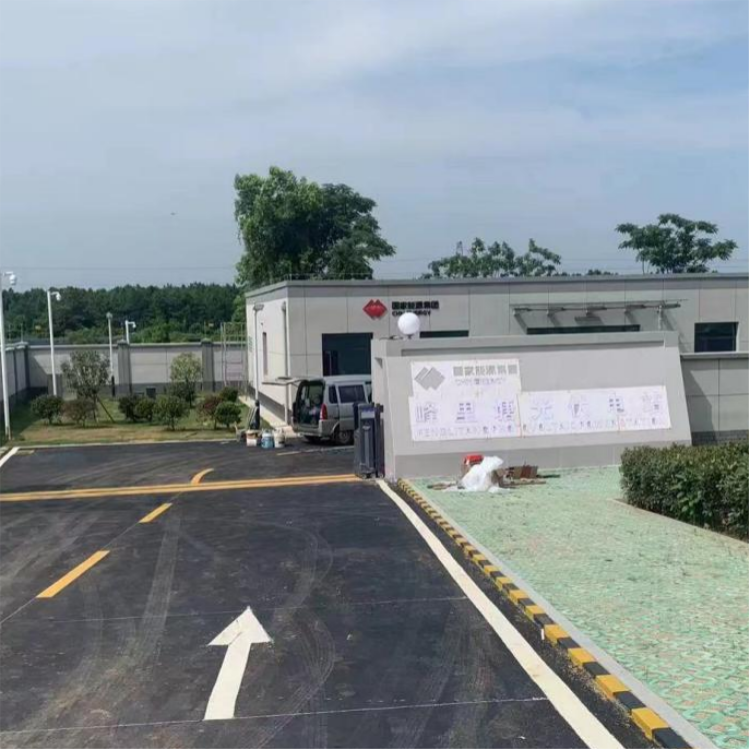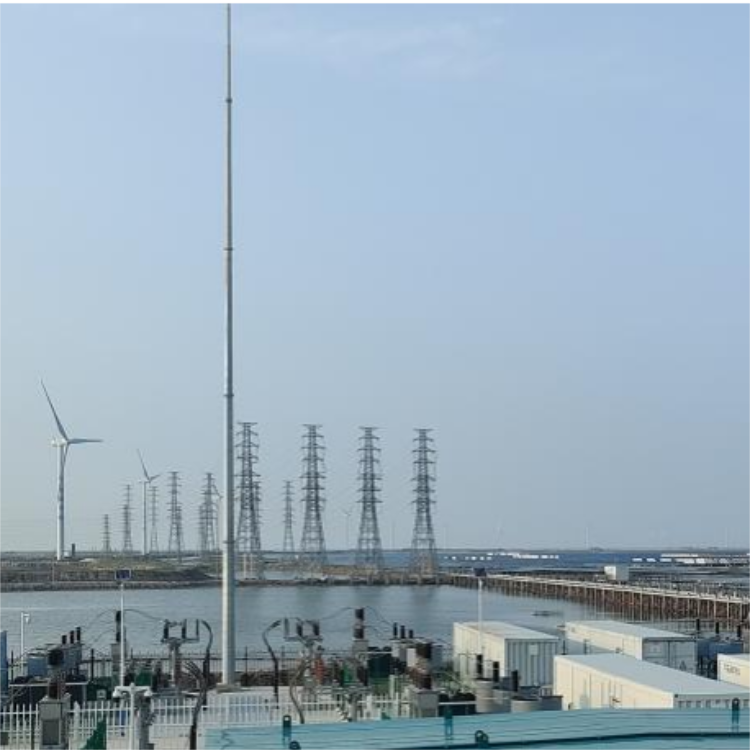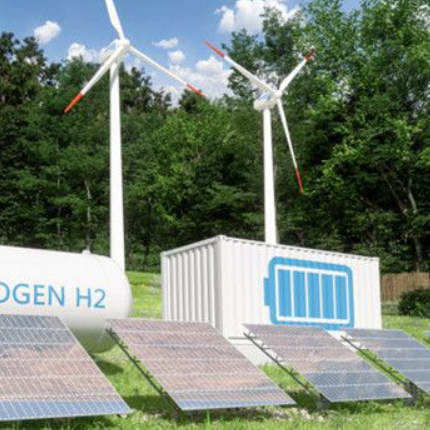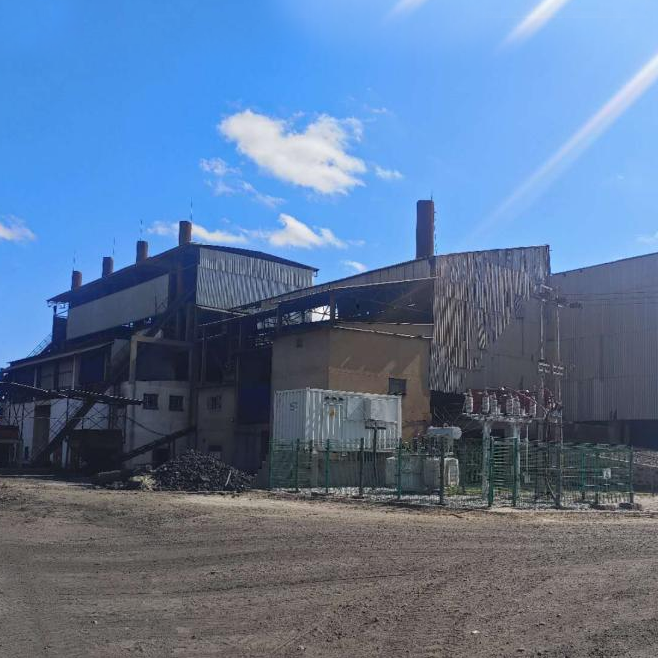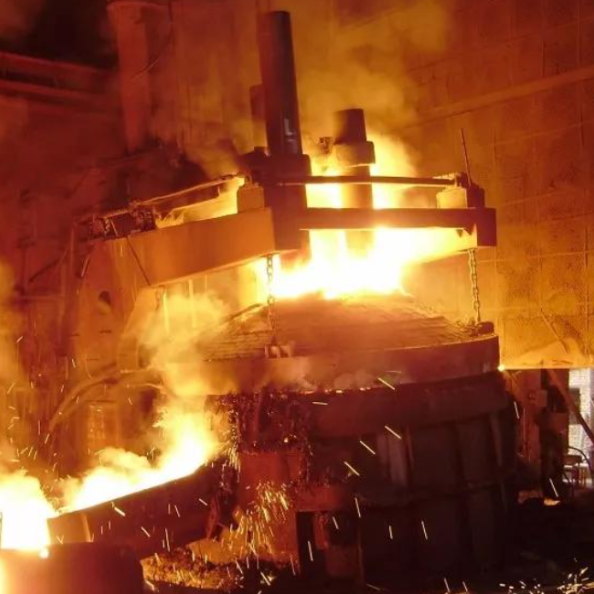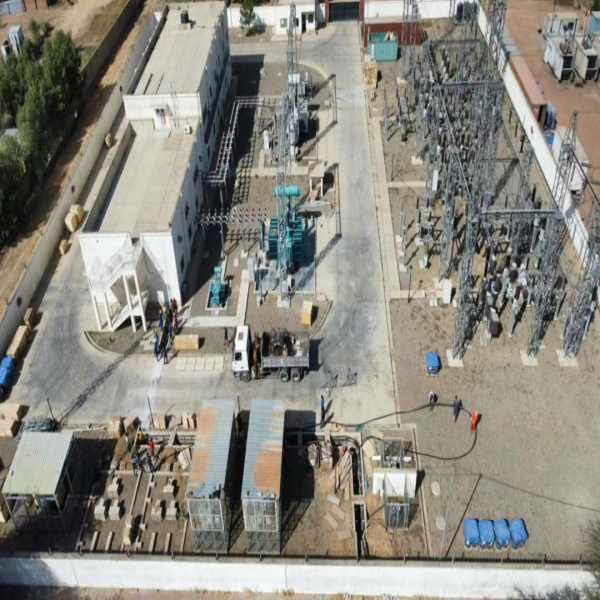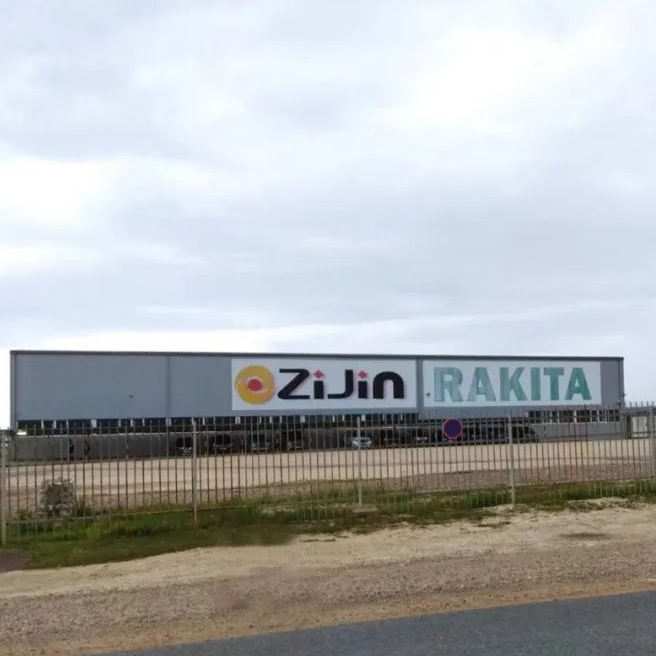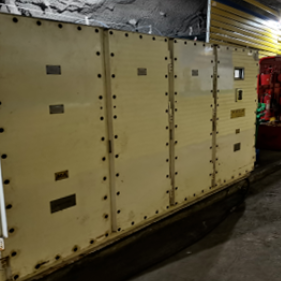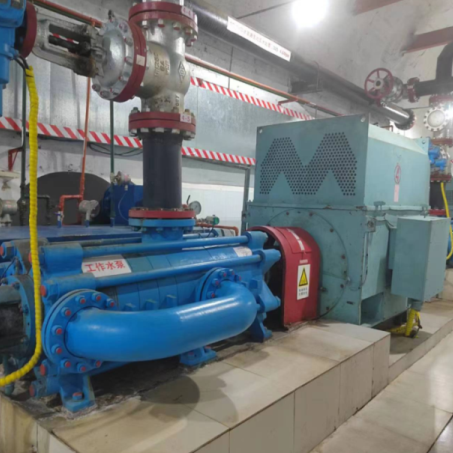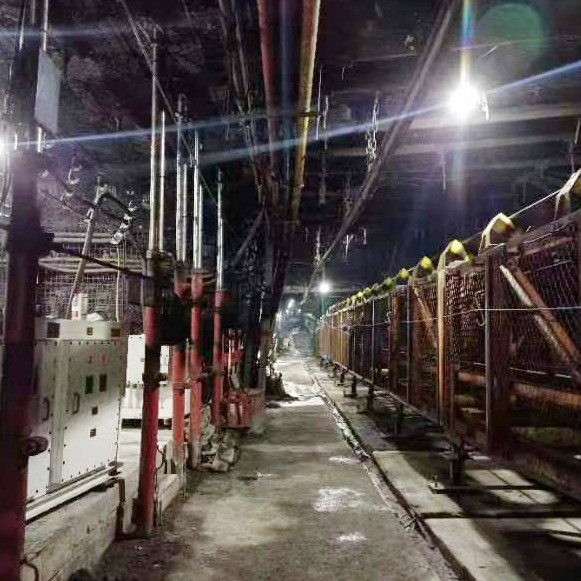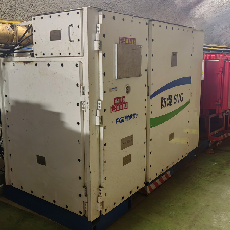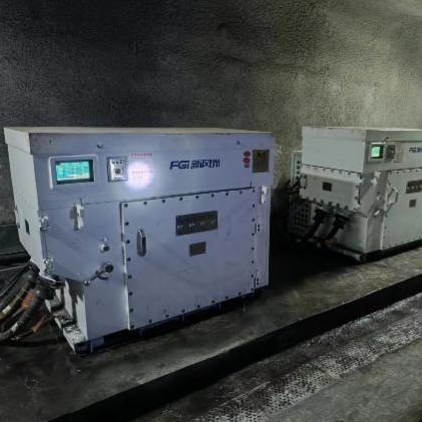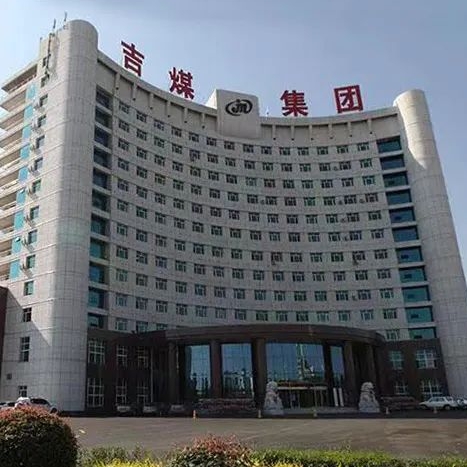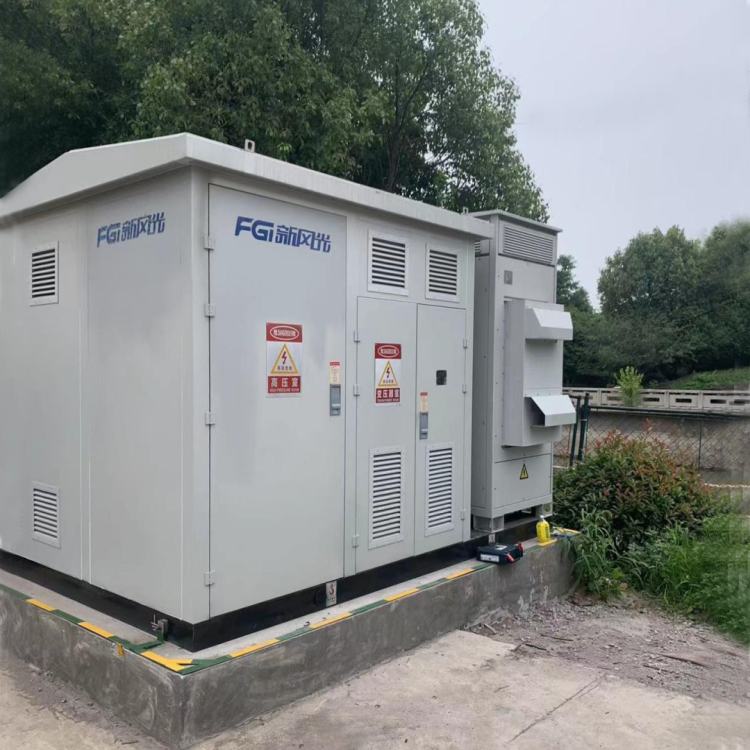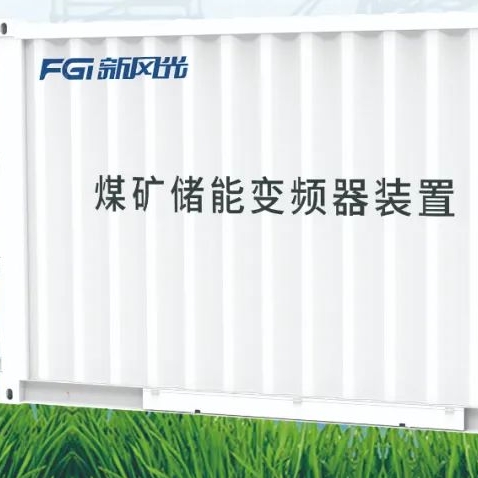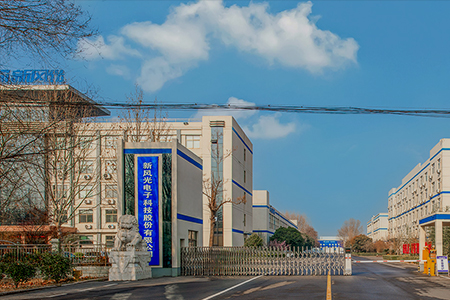1. Overview
The oil pump is the main equipment in the oil filed, and the quantity is more than 100,000 units. The total capacity of the motor is 35 million kW, and the annual power consumption is over 10 billion kWh. The electricity consumption of the oil pump is about 40% of the total electricity consumption in the oil field, and the operating efficiency is very low, the average operating efficiency is only 25%, the power factor is low, and the electrical energy is wasted. Therefore, the energy saving potential of the oil pump is huge, and the petroleum industry is also a key industry to promote "energy saving of motor systems".
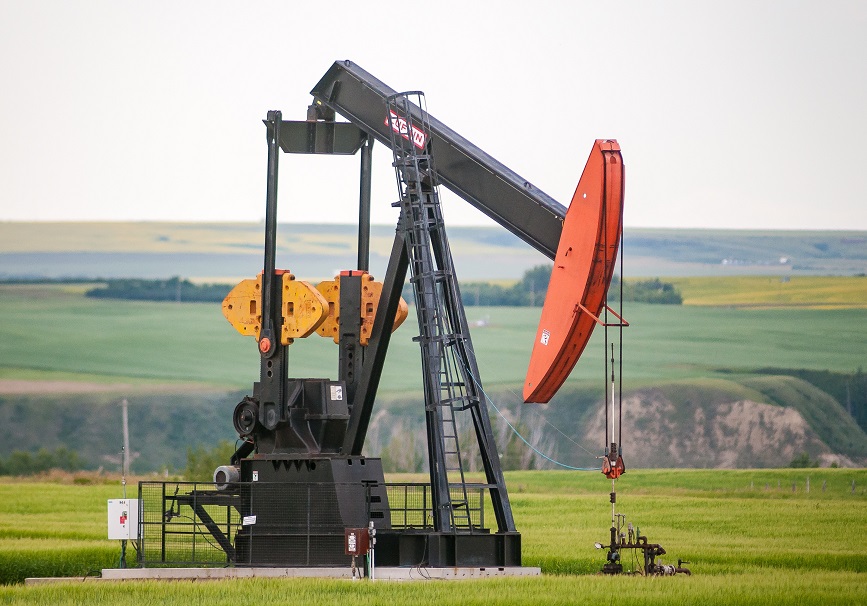
2. Benefits of using frequency inverter for the oil pumps
(1) Greatly improve the power factor (increase from 0.25 ~ 0.5 to bigger than 0.9). The grid power current is reduced, which reduces the load on the power grid and transformer.
(2) Dynamically adjust the extraction speed to save energy and increase crude oil production.
(3) Realize "soft start" to the pumping motor, avoid excessive mechanical shock, and prolong the service life of the equipment.
3. Load analysis of the oil pump
A. The most widely used beam type hoisting oil pump in China is composed of three parts:
(1) Ground part: It consists of motor, reducer, and four-links.
(2) Underground part: Suction pump (suction valve, pump barrel, plunger and drain valve), which is suspended at the lower end of the casing.
(3) Sucker rod string: The middle part connecting the surface pumping unit and the underground pumping unit.
B. The motor load of the oil pump changes according to the cycle. When starting, the load is very large and the starting torque is required to be large. The load rate is very low during normal operation, generally around 20%, and the maximum is only 30%. The load curve of the motor has two peaks, which are the "dead points" of the up and down strokes of the oil pump.
Under unbalanced conditions, the load on the up and down strokes is extremely unbalanced. During the up running, the sucker rod column and the liquid column need to be lifted, and the motor needs a lot of energy. During the down running, the sucker rod column does work on the motor, so that the motor is in a power generation state. Normally, a balance block is added to the crank of the system to eliminate the load imbalance of the up and down stroke. The balance block is well adjusted, and the time and energy generated by it are small. Since the pumping load changes every moment, the balance weight cannot be changed completely with the pumping load. The counterweight of most of the oil pump is seriously unbalanced, which causes excessive surge current. The serge current can be up to 5 times the working current, or even 3 times of the rated current. Adjusting the balance weight can reduce the surge current within 1.5 times of the normal working current.
Load characteristics:
It is a constant speed operation. Due to the counterweight, it is a variable torque load. The variable power load has two states of power generation in a cycle, with a large starting torque and large inertia. The common problems of the oil pump used in domestic oil fields are long running time, large motor drive low power pump, low efficiency, large energy consumption, inconvenient adjustment during stroke, and empty pumping.
4. Difficulties to use frequency inverter for traditional oil pumping systems
A lot of attempts have been made on the oil pump by adding the frequency inverter, but most of them are not very successful. The main problems are:
(1) During one working cycle, the oil pump has two times of power generation states, especially when the counterweight is unbalanced; the generated voltage is very high. By increasing the electrolytic capacitor on the DC part of the inverter and reducing the braking resistance value, cannot completely solve the problem, and with the change of the oil layer, the generated voltage also changes.
(2) The oil pump requires a large starting torque. If the inverter parameters are not set properly, it may cause overcurrent or fail to start.
(3) In the past, by using the frequency inverter, it is rarely considered the changes in oil level and oil concentration of the well. In terms of increasing the oil production, the effect is not good.
5. Solutions
Problems are existed by using frequency inverter on the oil pumps, our company adopts the following solutions:
(1) By using the FD300 series frequency inverter to match the motor speed with the load of the oil pump. In the early stage of a new well, due to the recent production and large oil volume, the frequency converter was operated to 65.00 Hz, the motor speed was increased by 30%, the oil pumping rate was increased by 20% compared to the power frequency (50Hz), and the work efficiency was increased by 1.2 times. In the middle and late stage of the well, the amount of oil is reduced, the speed is reduced, and the stroke is reduced. Generally, adjust the frequency runs between 35.00 to 40.00 Hz, and the motor speed decreases by 30%. The power saving rate can reach 25%, and the power factor is improved.
(2) Dynamically adjust the stroke frequency of the oil pump. As the oil well is pumped from shallow to deep, the oil volume gradually decreases, the pump fullness is insufficient, and the pump efficiency is reduced. When the oil supply capacity of the oil well is less than the displacement of the pump, it will cause pump evacuations and liquid strikes. Decrease the frequency, the motor speed will decrease, and the fullness will be increased, which will not only save energy but also increase crude oil production.
(3) Dynamically adjust the speed of the oil pump’s up and down stroke, appropriately reduce the speed of the down stroke, increase the fullness of the pump, and appropriately increase the speed of the up stroke, which can reduce the leakage coefficient during lifting, and make the machine work in the best operating state, effective Increase crude oil production.
(4) Large starting torque, low load during operation, and large surge current. To fundamentally solve the problem, increase the number of pole pairs of the motor or increase the speed ratio of the reduction gear box to increase the output torque. The inverter runs normally from 80.00 to 90.00 Hz. It also helps to reduce the energy in the power generation state and reduce the "pumping voltage".
(5) The problem of treatment of regenerative energy. Increase the capacity of the DC-side filter capacitor of the inverter; reduce the braking resistance value, increase the power consumption of the braking system, or directly use feedback braking to reduce energy loss; when the system is generating the power, increase the output frequency.
(6) To prevent empty pumping, dynamic adjustment of the stroke frequency and up and down stroke speed of the pump. Set the standard output power of the motor, monitors the output power of the motor in real time, control the speed of the motor, when it is bigger than the standard value, and then accelerate. Conversely, decelerate the speed, to achieve closed-loop control.

6. Conclusion
As the types and working conditions of oil wells are different, the amount of oil and water seepage underground changes every moment. So that the load change of the oil pump is irregular. Therefore, by using frequency inverter control system to match the movement law of the oil pump to the changing conditions of the oil well, to improve the system efficiency and achieve the purpose of energy saving and production increase.

